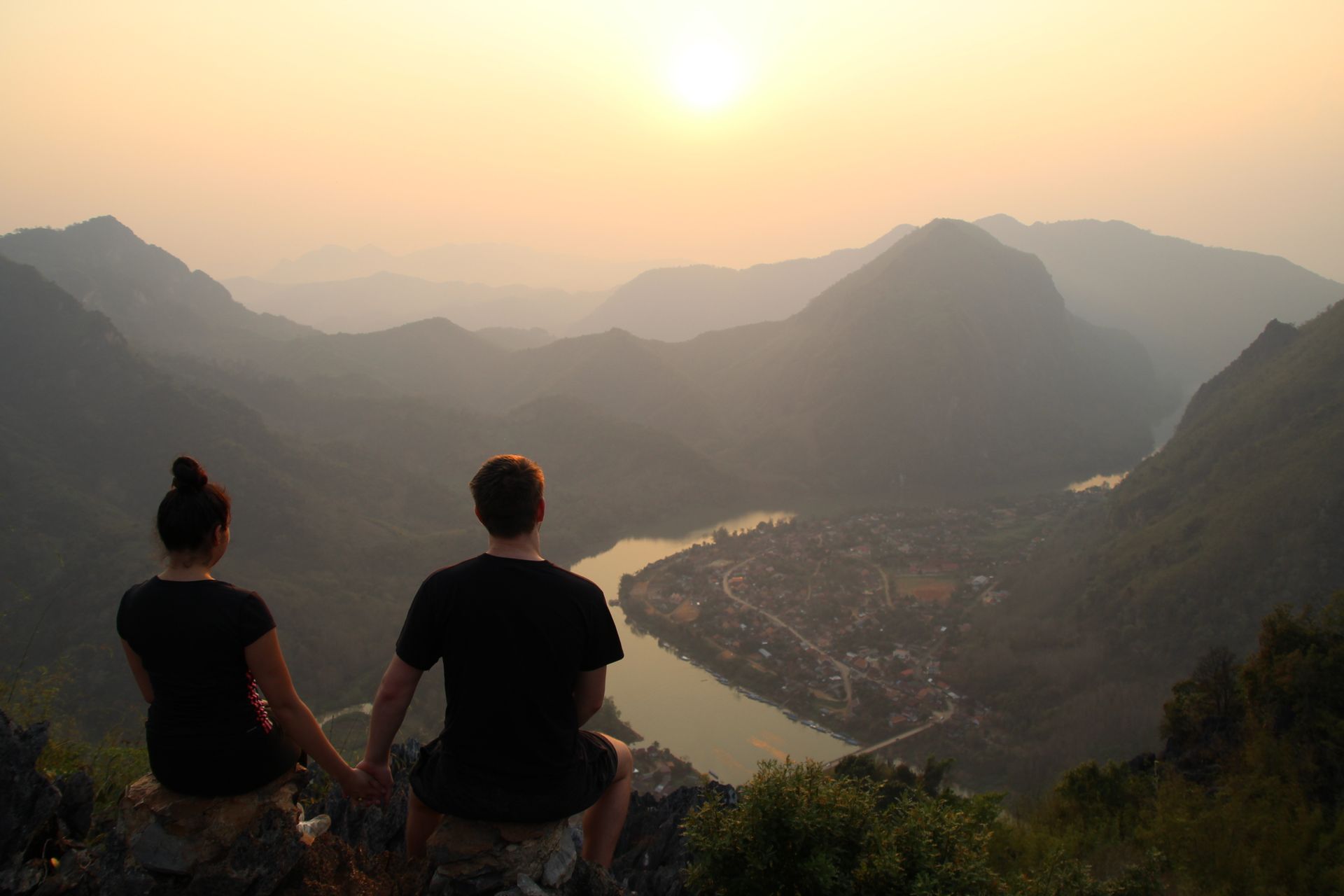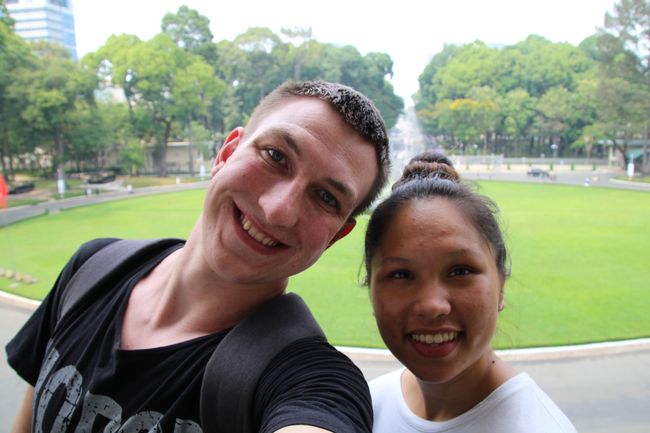Sightseeing in Saigon
ਪ੍ਰਕਾਸ਼ਿਤ: 05.04.2018
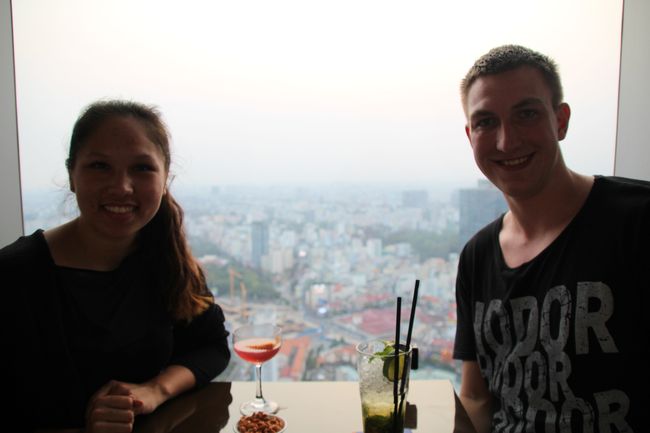
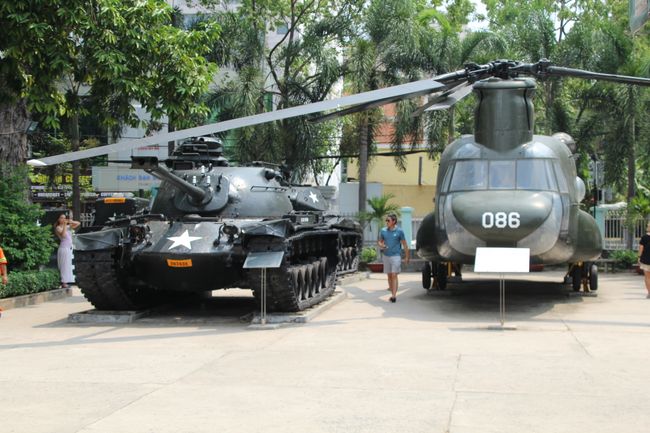
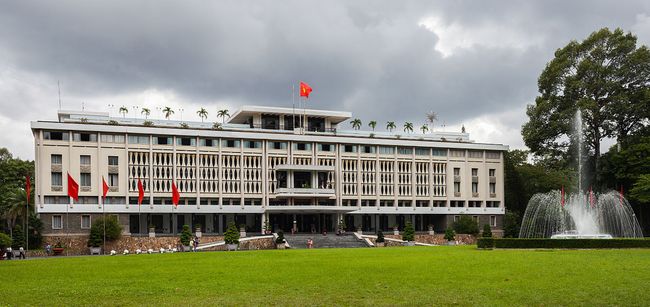
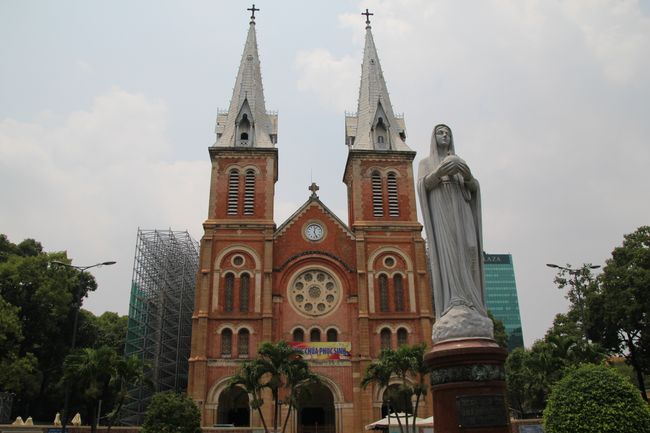
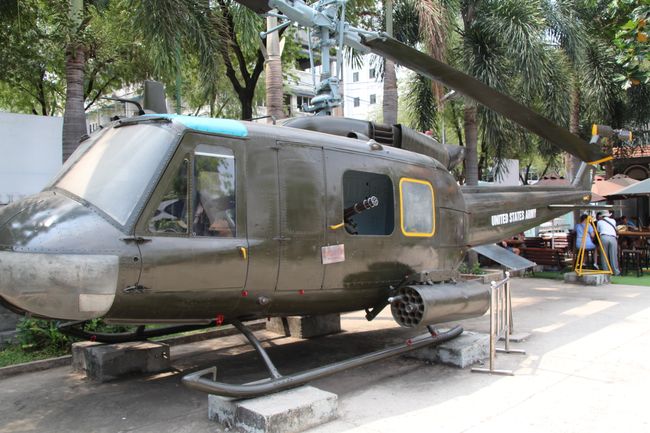
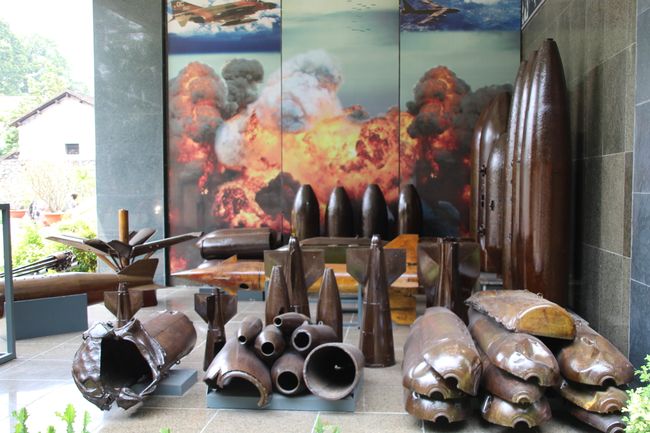
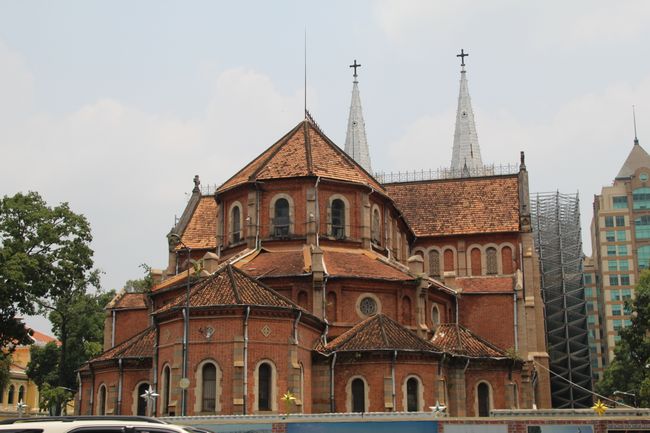
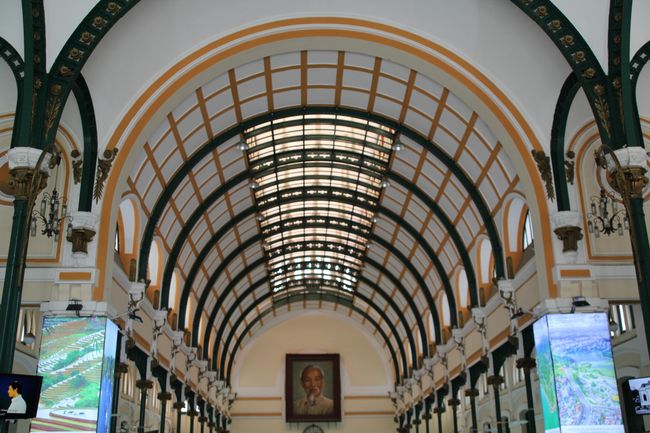
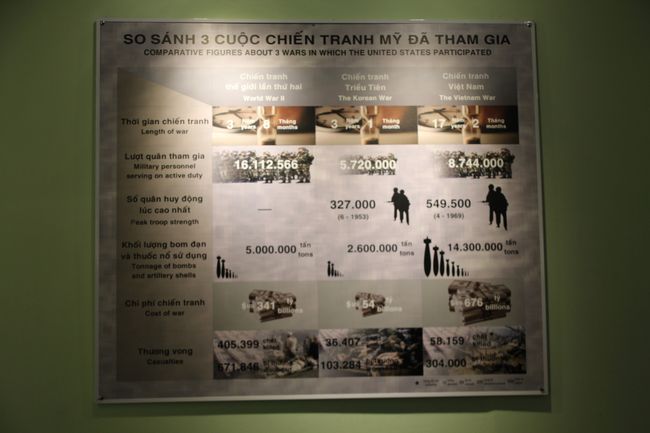
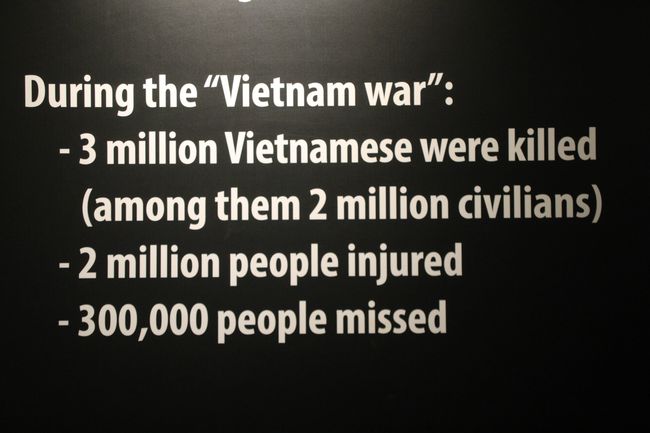
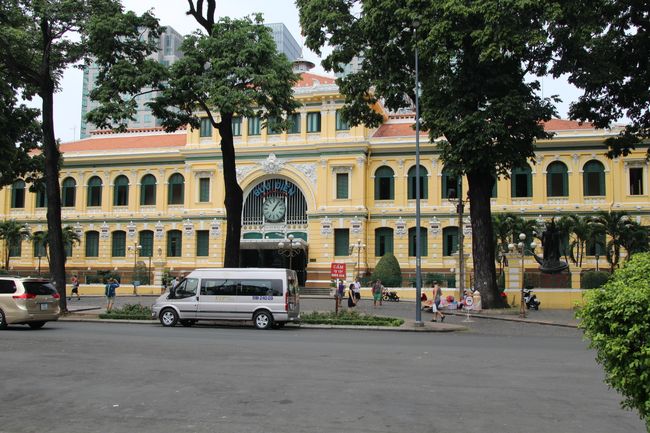
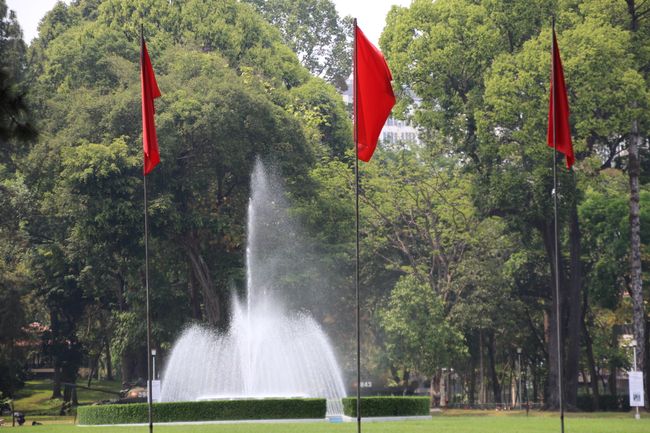
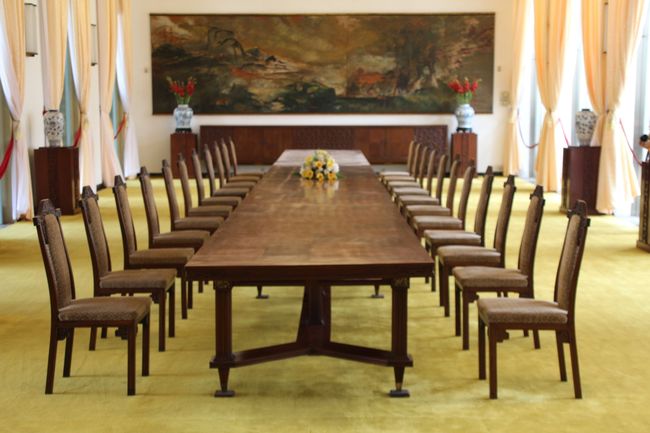
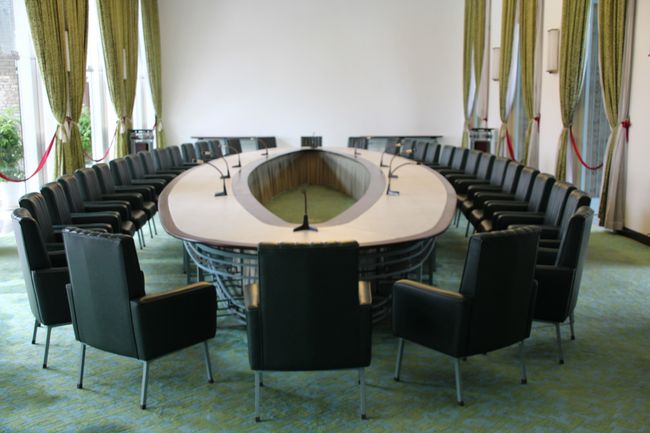
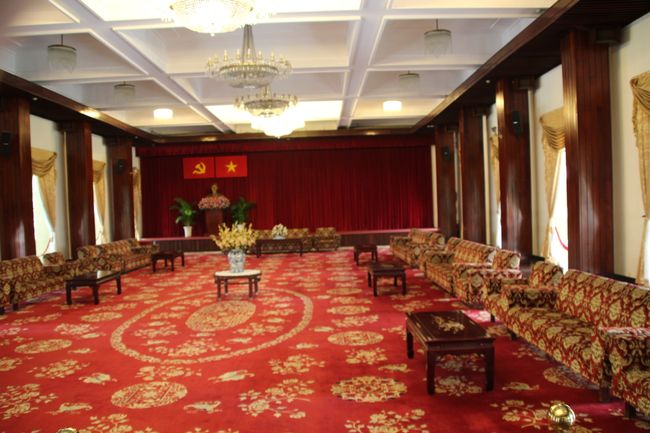
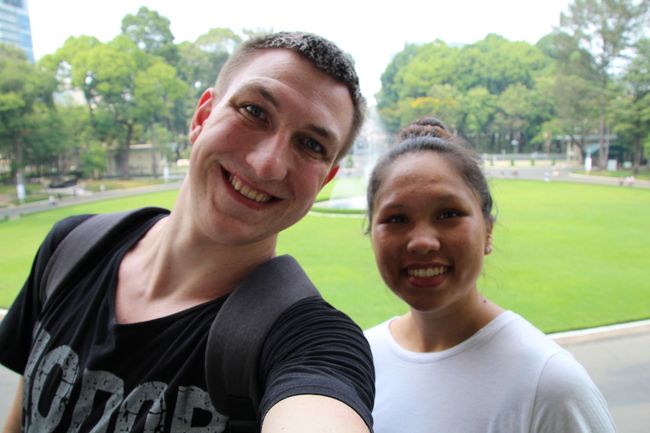
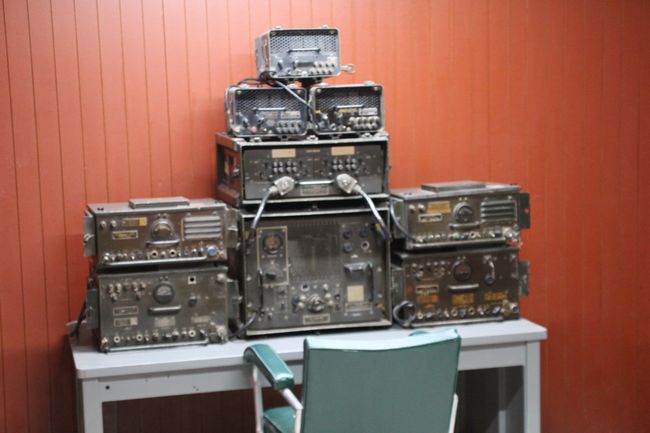
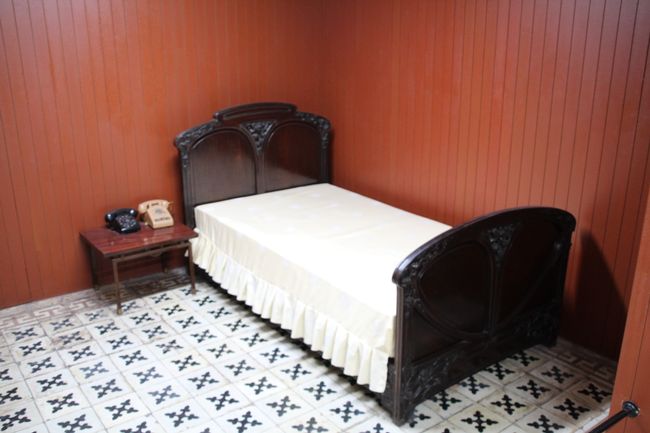
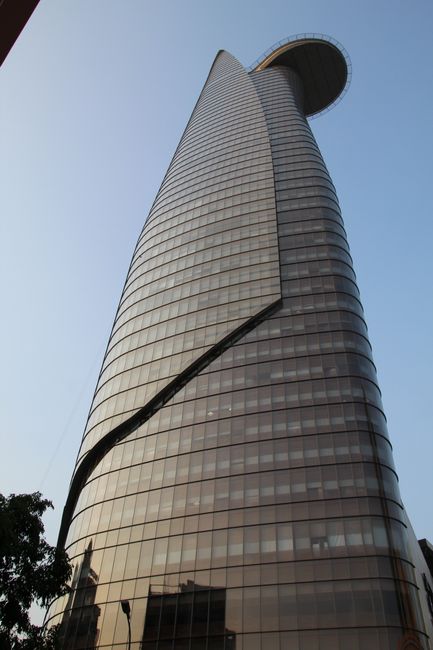
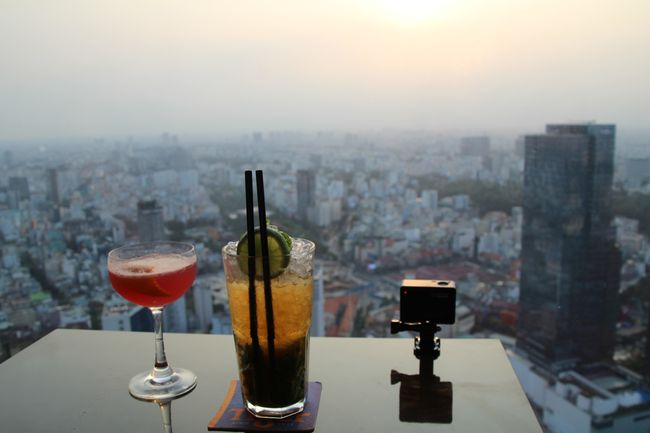
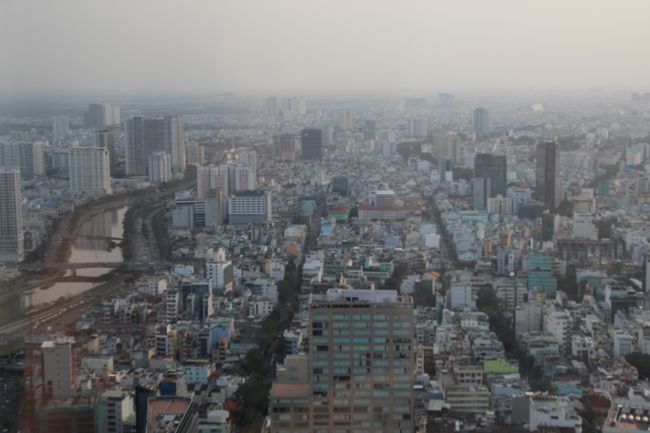
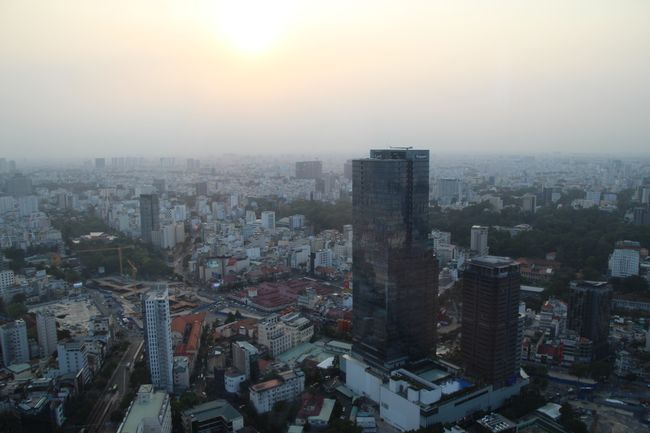
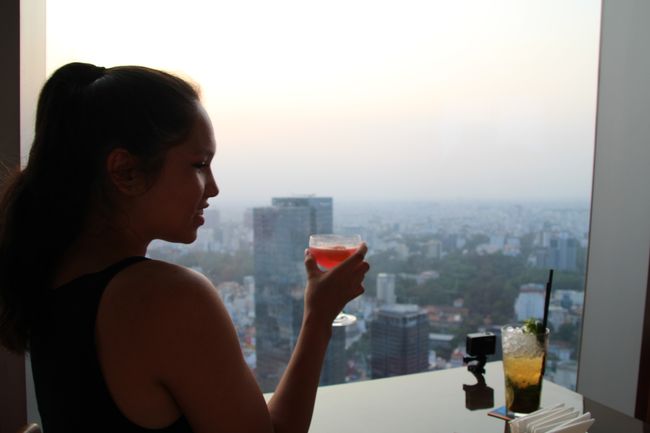
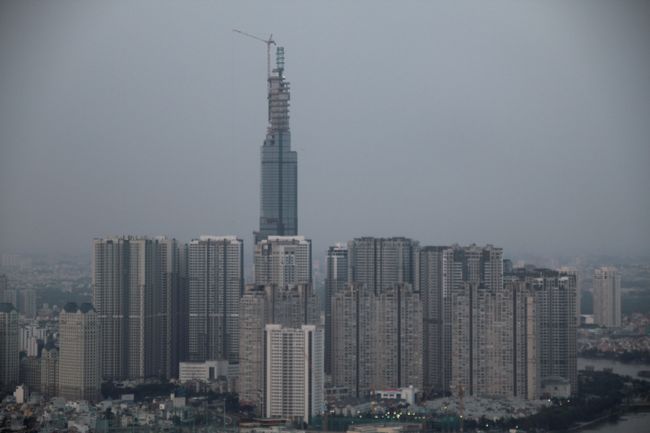
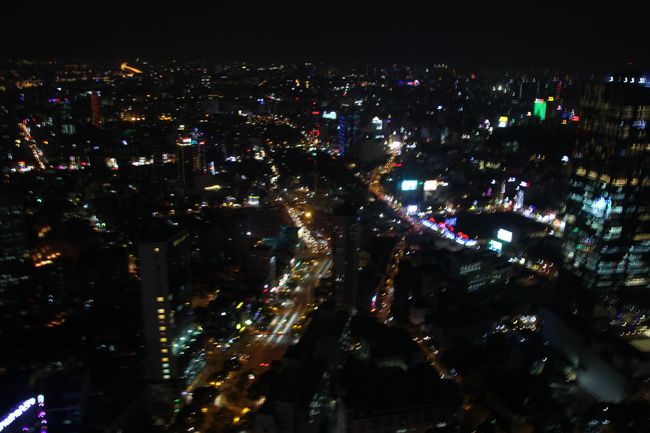
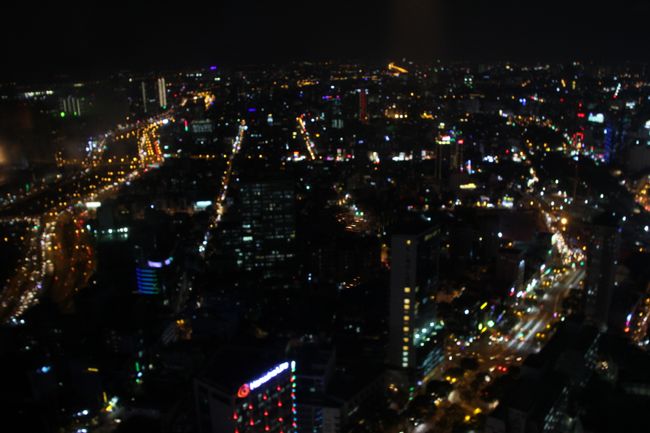
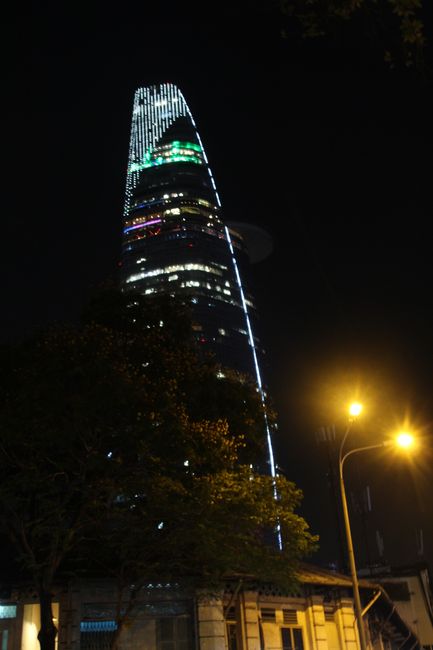
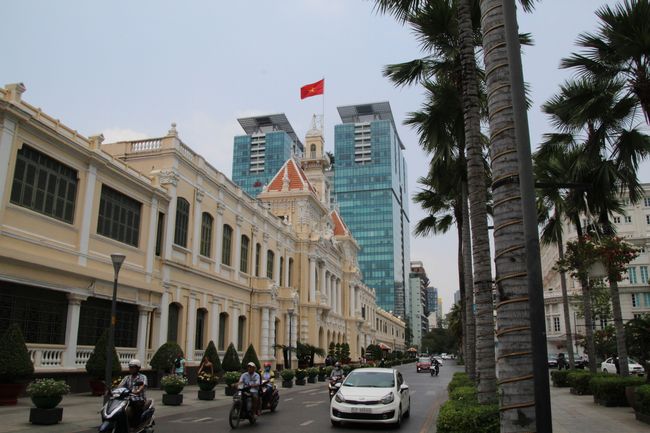
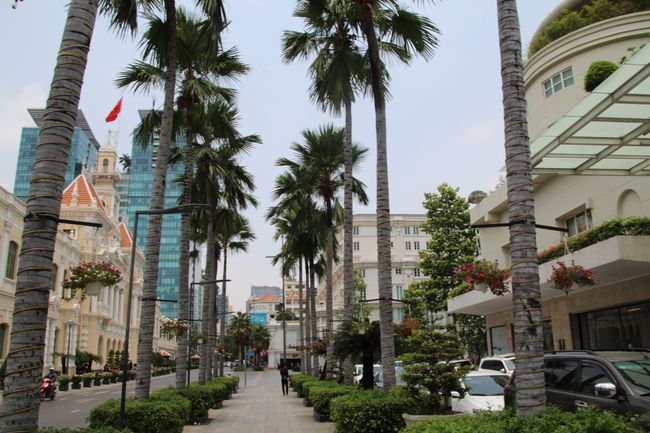
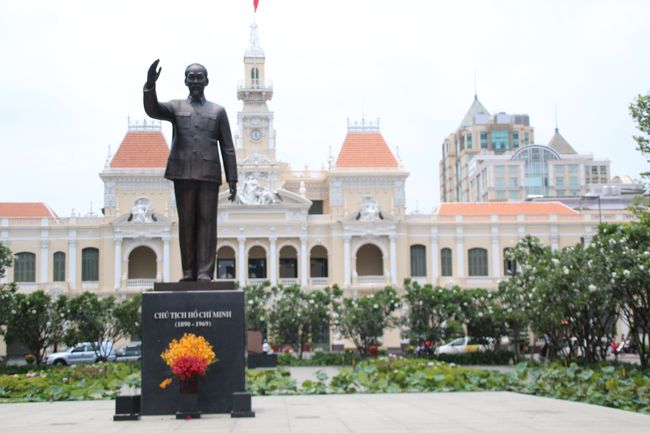
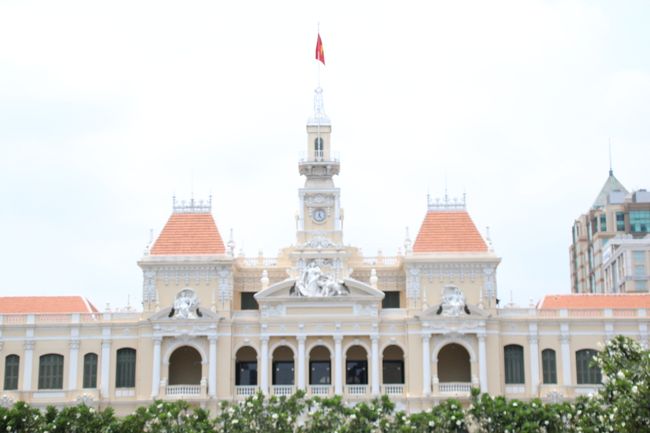
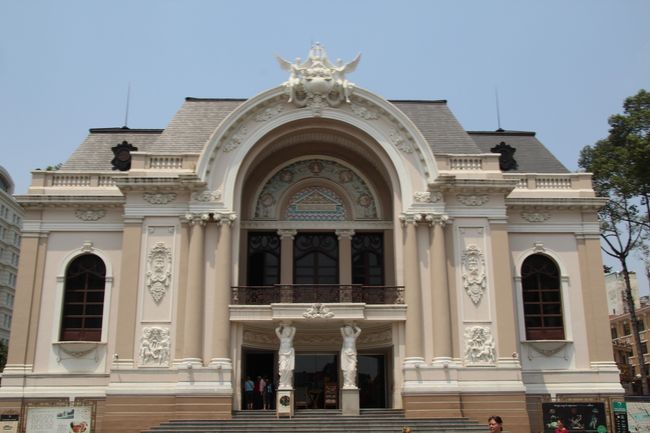
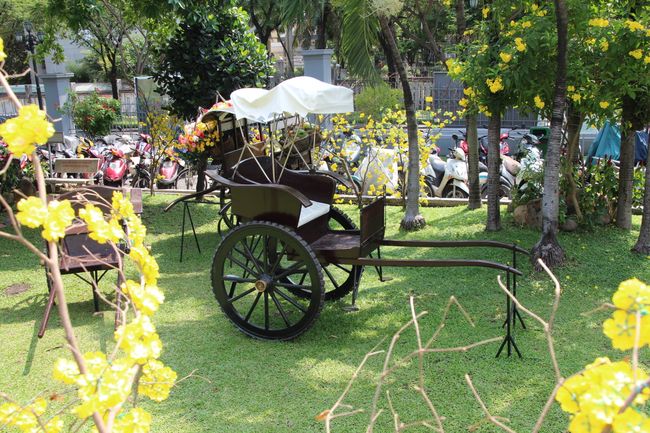
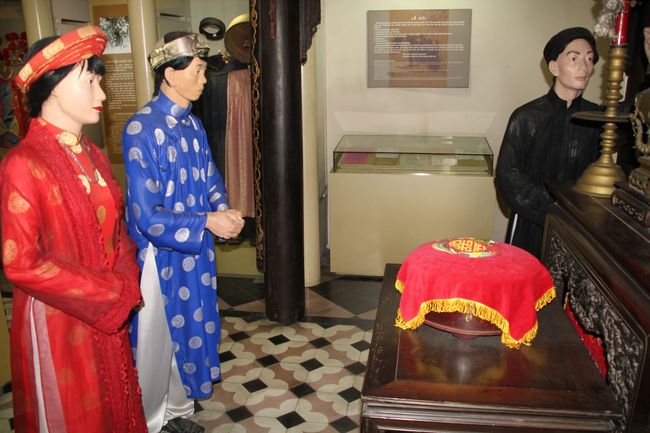
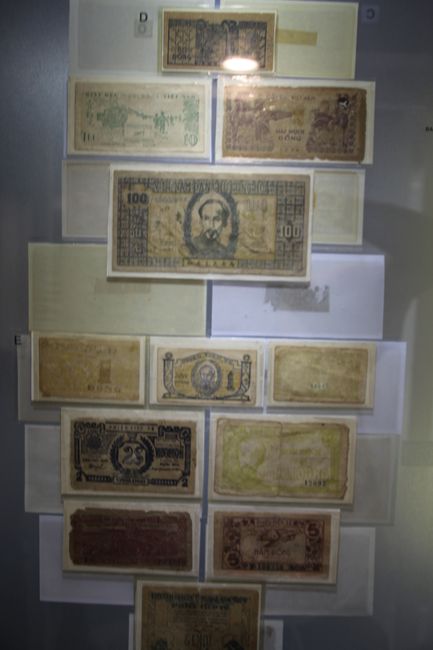
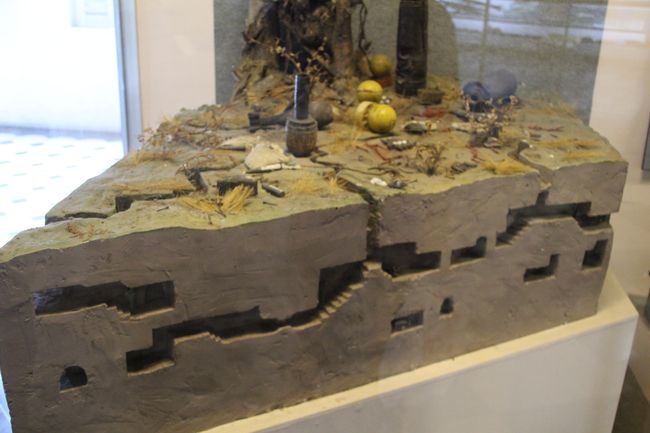
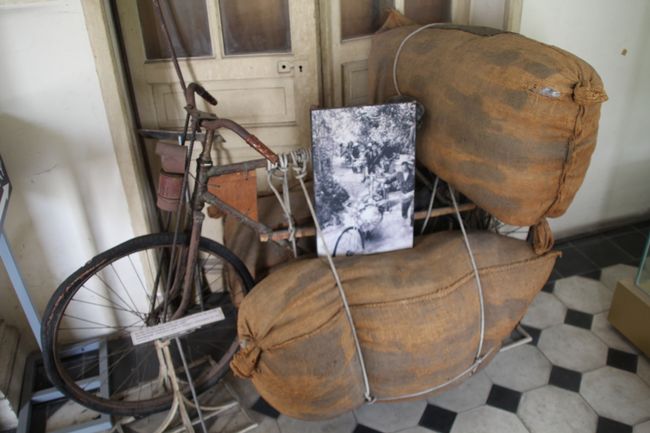
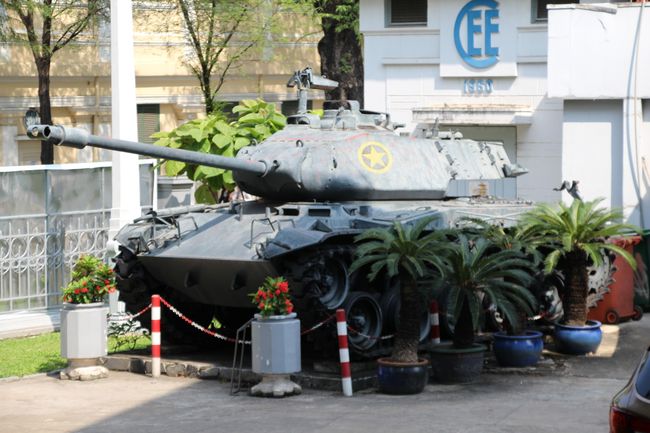
ਨਿਊਜ਼ਲੈਟਰ ਦੀ ਗਾਹਕੀ ਲਓ
[by Jonas] So we are in Ho Chi Minh City or formerly known as Saigon. The second largest city we visit on our journey and the biggest in Vietnam. We noticed this right at the beginning when we drove into the city: the traffic here is even crazier than in Hanoi or Bangkok. There are a lot more scooter drivers and everything is even more chaotic. Sometimes the streets here have 6 lanes in one direction, all filled with countless scooters. But one big difference to Hanoi is that the old town of Hanoi consisted of many small alleys. The old town of Saigon is completely different in this respect. There are big streets here and even junctions with traffic lights. You can also use the sidewalk for the most part, if it is not used as a turning lane or counter lane by the scooters. But all in all, walking around here was not as stressful as in Hanoi.
The bus stopped in the middle of the city in front of the office of the travel company, just a few blocks away from our hotel. We quickly walked there on foot and within a few minutes we were already at the inconspicuous entrance to the side street where our hotel was located. Checked in, went to eat something and fell straight into bed, as it was already quite late after the 5-hour drive. The time had even advanced so far that a very special day had begun: Franzi's birthday!
But we started the next day as a normal sightseeing day. First, we went to the War Remnants Museum (40,000 Dong = 1.42€ per person). In front of the building, there is a collection of American war equipment such as planes or tanks that fell into the hands of the Vietnamese during the Vietnam War.


The museum covers both the Independence War (1946-1954, although only minimally), as well as the Vietnam War against the USA from 1955-1975. It is a very good museum, structured and extensively labeled in English.
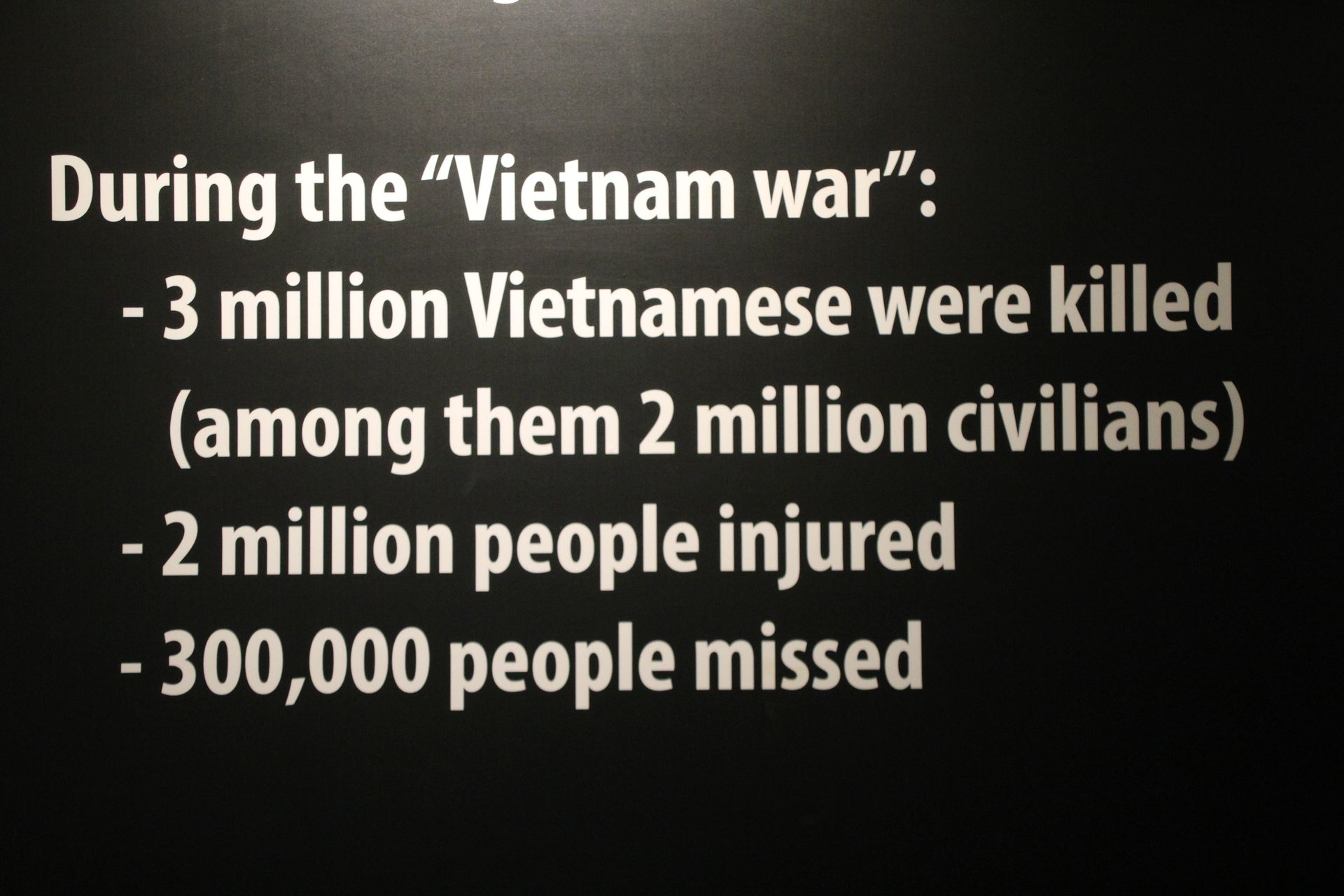
But I don't want to go into details here, as it conveys shocking truths, including not only the war itself but also the terrible use of "Agent Orange". After this unexpectedly shocking experience, we needed a break and sat down in a quiet café.
But since we still had a lot planned, we quickly moved on to Notre Dame. Not to Paris, but of course to the one in HCMC (short for Ho Chi Minh City).
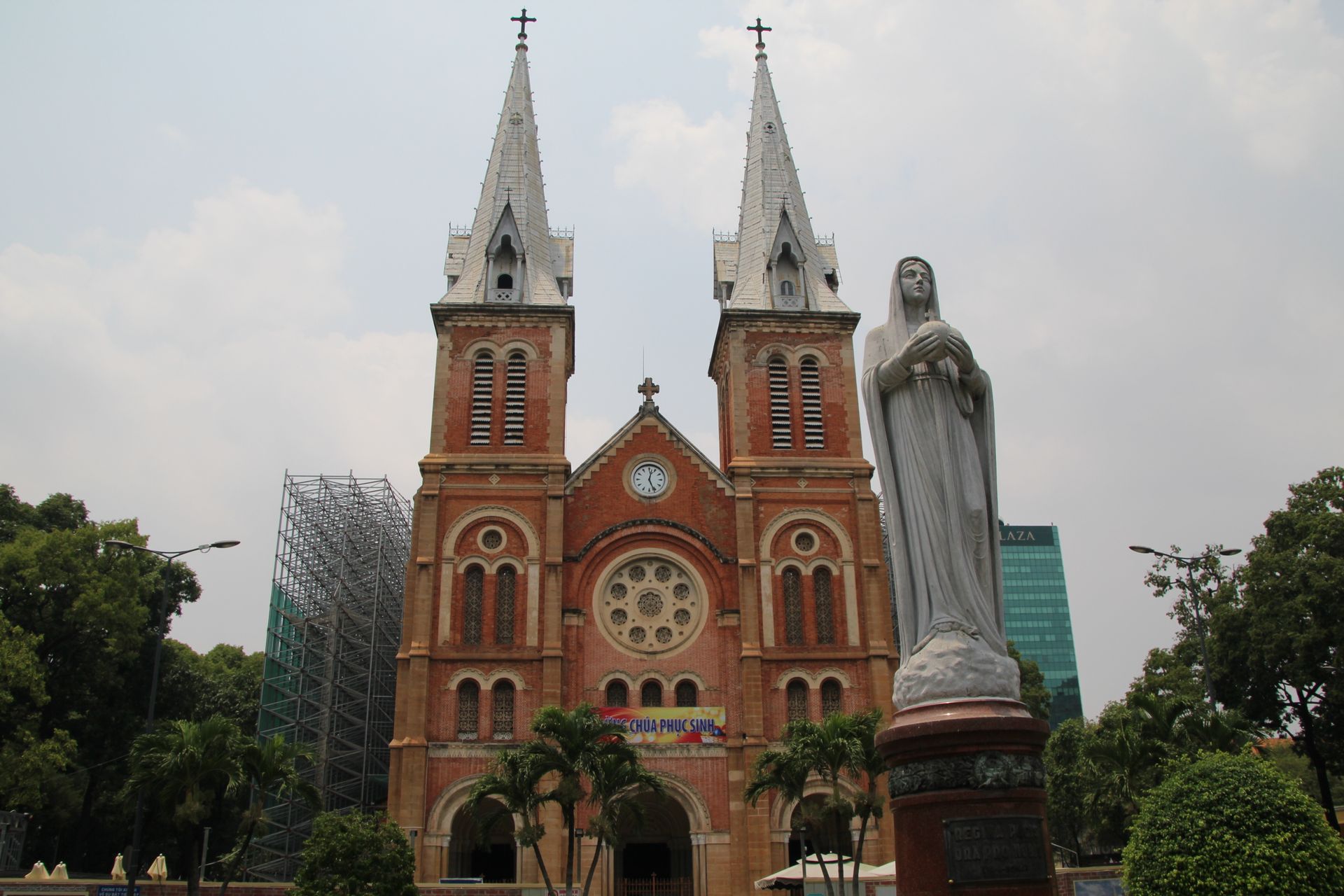
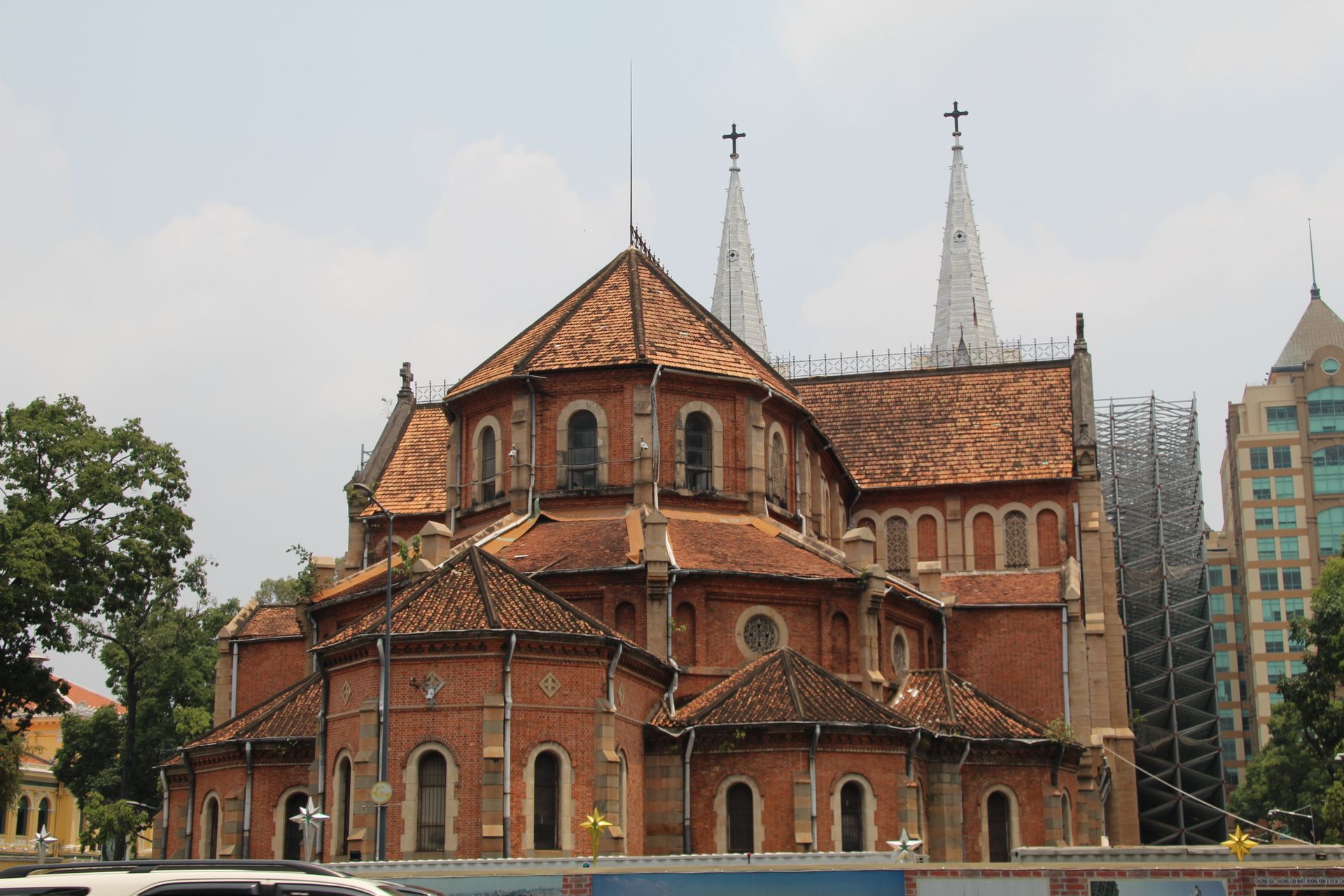
Unfortunately, it was closed for visitors due to construction work, and we could only see the medium-sized cathedral from the outside, which was not very interesting. But by chance, we discovered a building next door that we suspected to be the city post office, which we had already read about.
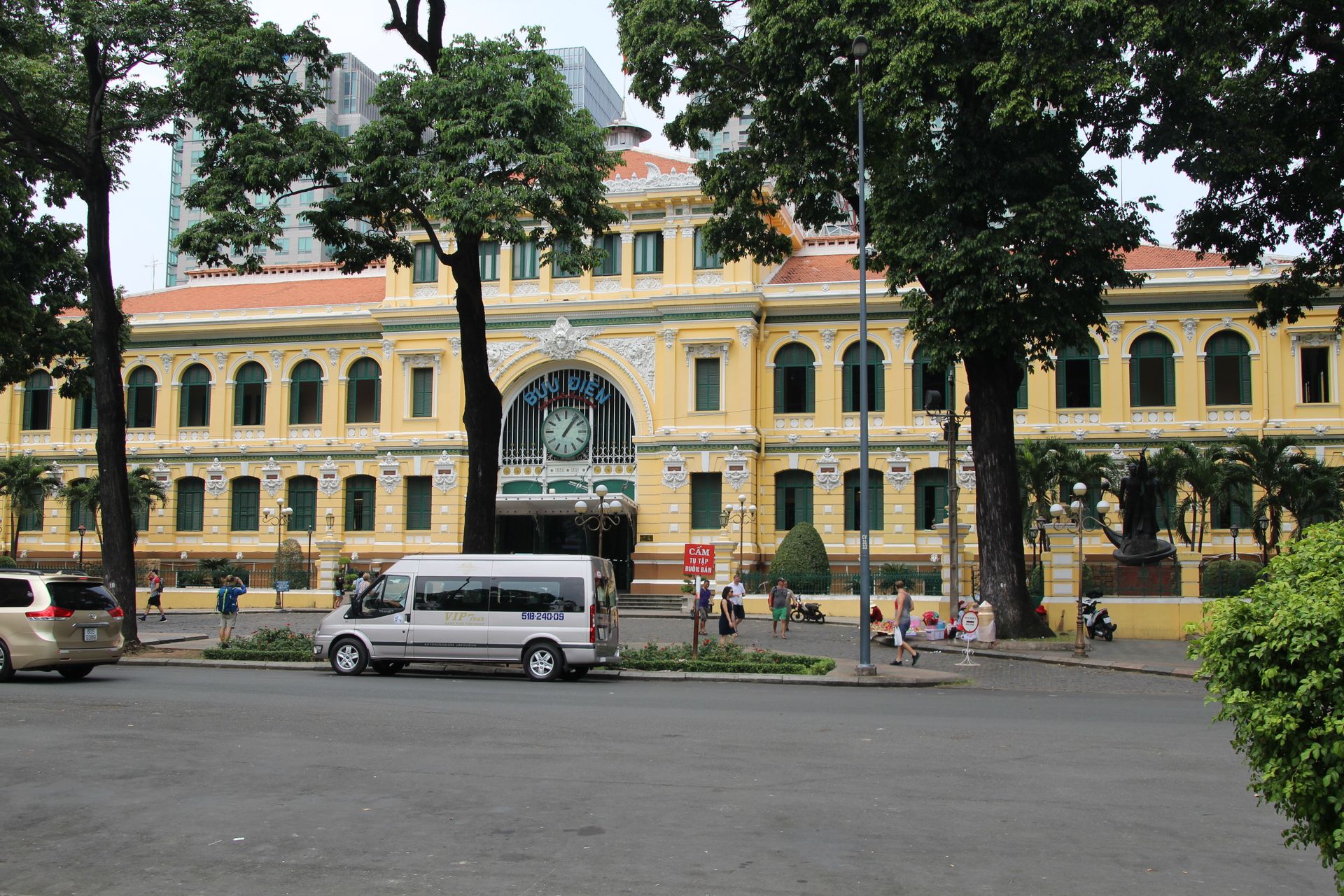
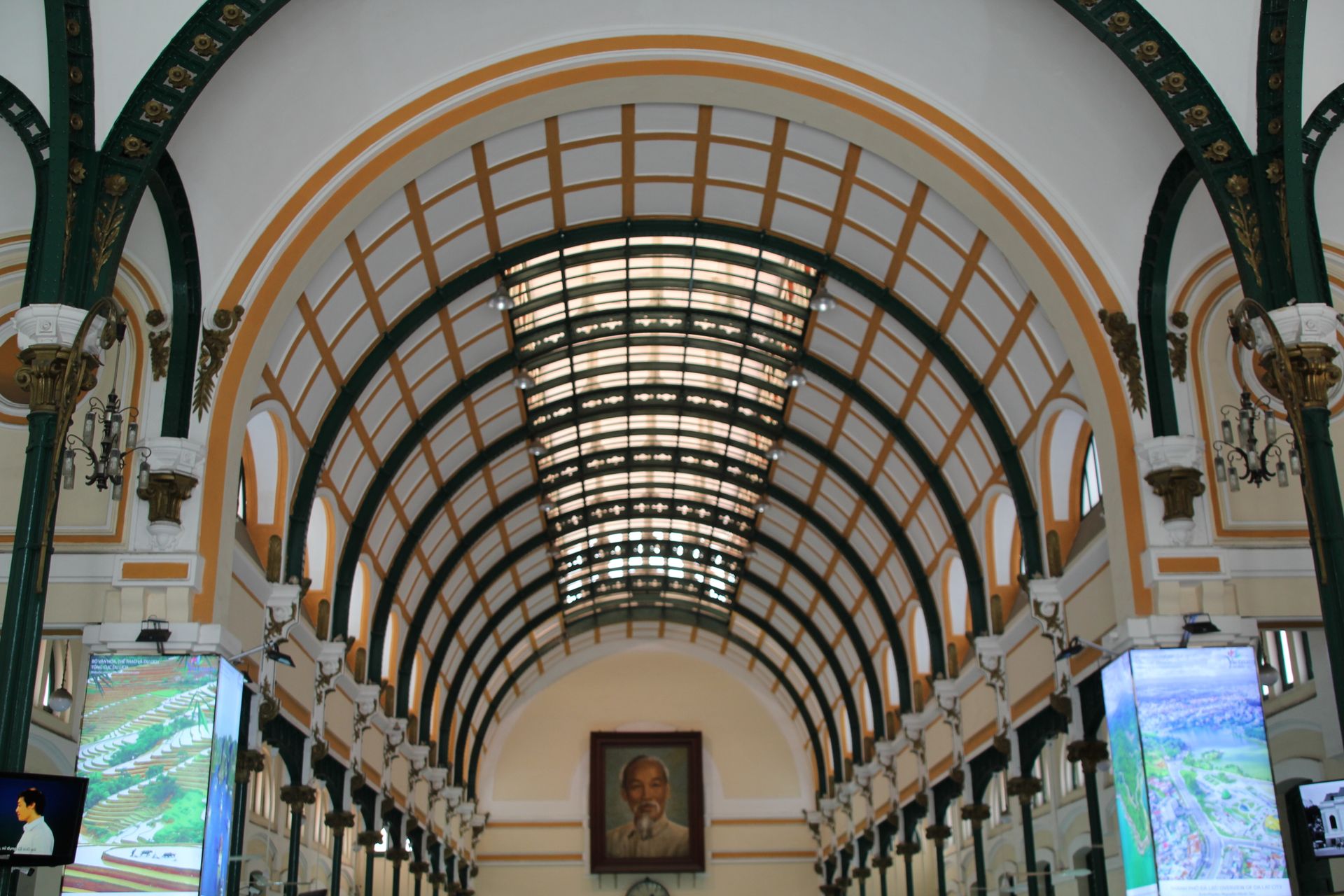
But even the post office did not hold our attention for too long, so it was on to one of the main attractions of the city, the Reunification Palace (formerly known as Independence Palace). The palace, built on a 12-hectare park area (first built by the French in 1873, rebuilt in 1967), is now one of the landmarks of the city as it symbolizes almost every historical period. Today, it is rarely used for important events. The palace is open and consists of many spacious rooms, each with a specific purpose.
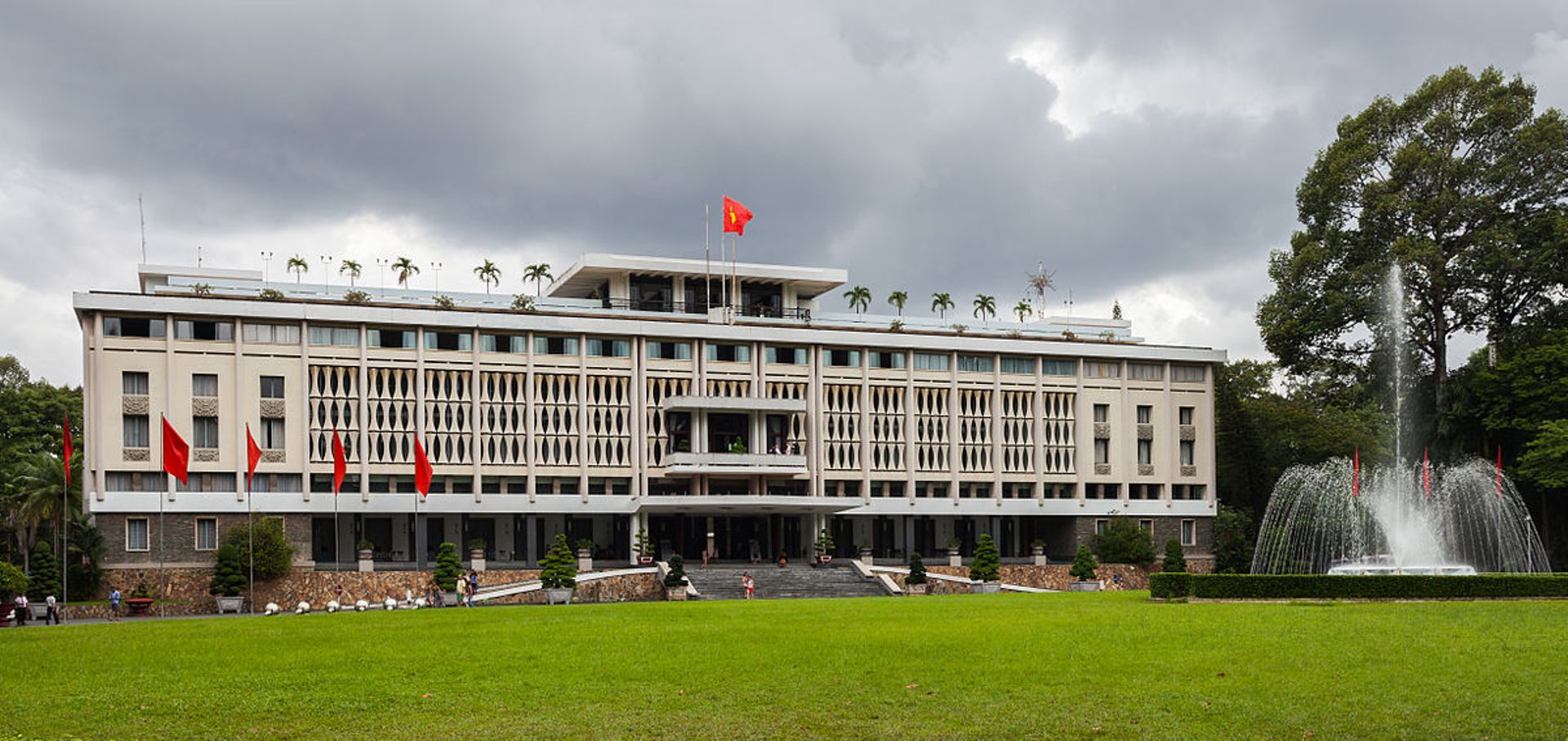


For example, there is a room that served the purpose of the president meeting foreign ministers or ambassadors. In addition to many large negotiation rooms, there are also bedrooms for the president's family and dining rooms. We noticed that there were always 2 tables in these rooms: a rectangular one with European cutlery and a round one with Asian cutlery, i.e. chopsticks.



The palace has a helicopter landing pad on the roof and in the basement, there is a bunker with old communication equipment that is still on display today. There are makeshift bedrooms for the most important people in the palace in case they had to hide during an attack.


There are various types of war equipment in front of the main entrance, mainly tanks. Among them is a replica of the tank that broke through the gates of the palace in 1975, which ended the Vietnam War.
In front of the main entrance is primarily a large lawn with a huge fountain in the middle, all surrounded by Vietnamese flags.
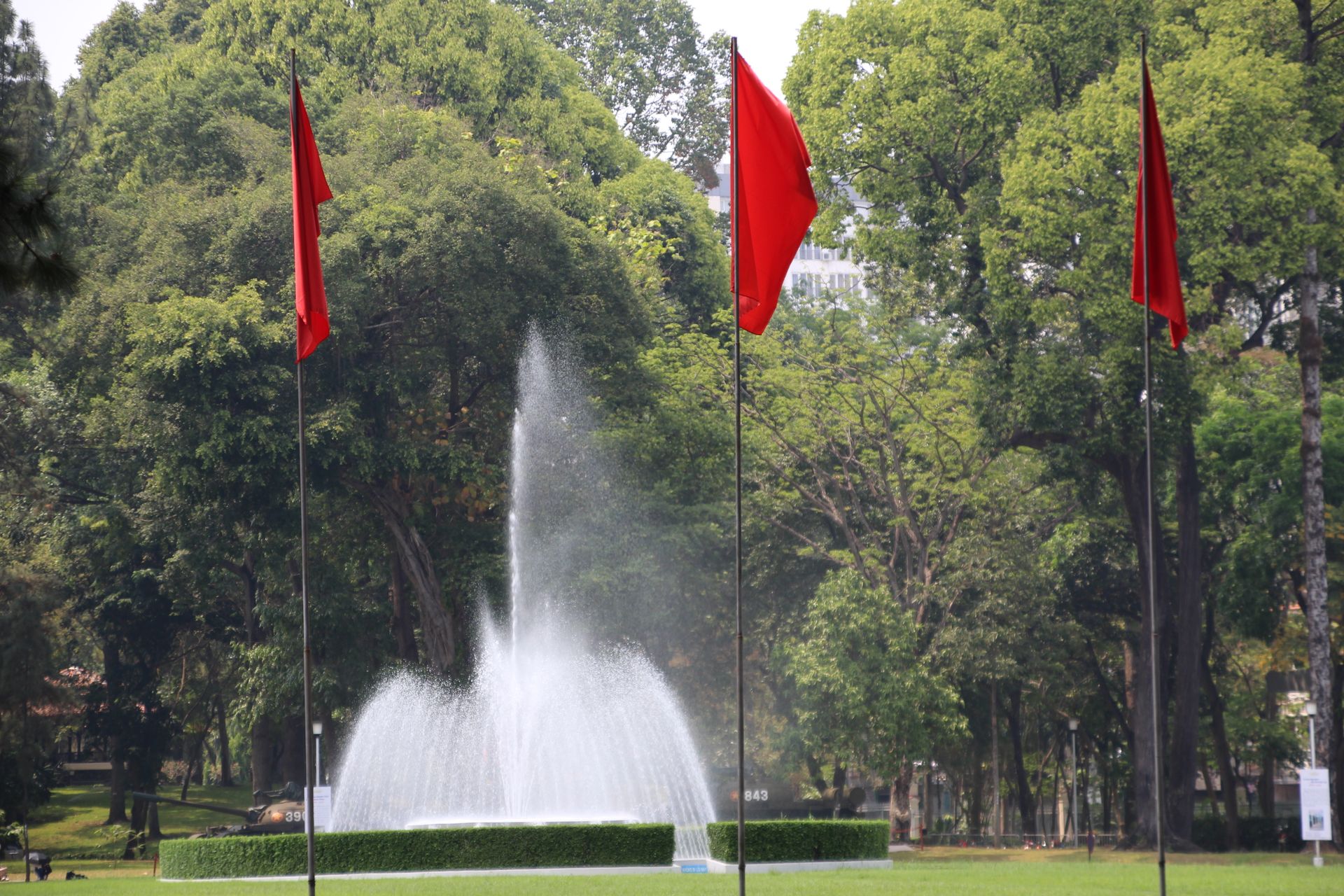
Then we went home for a short break, where we got ready for the birthday evening. We had something very special in mind: we wanted to have a cocktail and watch the sunset in a sky bar on the 52nd floor of the tallest building in the city, the Bitexco Financial Tower.
The building is gigantic and after we found the right entrance, we were taken to the elevators and called by the staff. They took us to the 50th floor at breakneck speed, where other employees led us to another elevator across. This took us up the last 2 floors, where we were greeted not only by a waitress but especially by an indescribable view. The waitress then took us to our table, a small but high table right by the window facing the sunset! We ordered 2 cocktails (440,000 Dong = 15.75€) and enjoyed the view of the seemingly endless city slowly getting darker. I also made a timelapse of it!
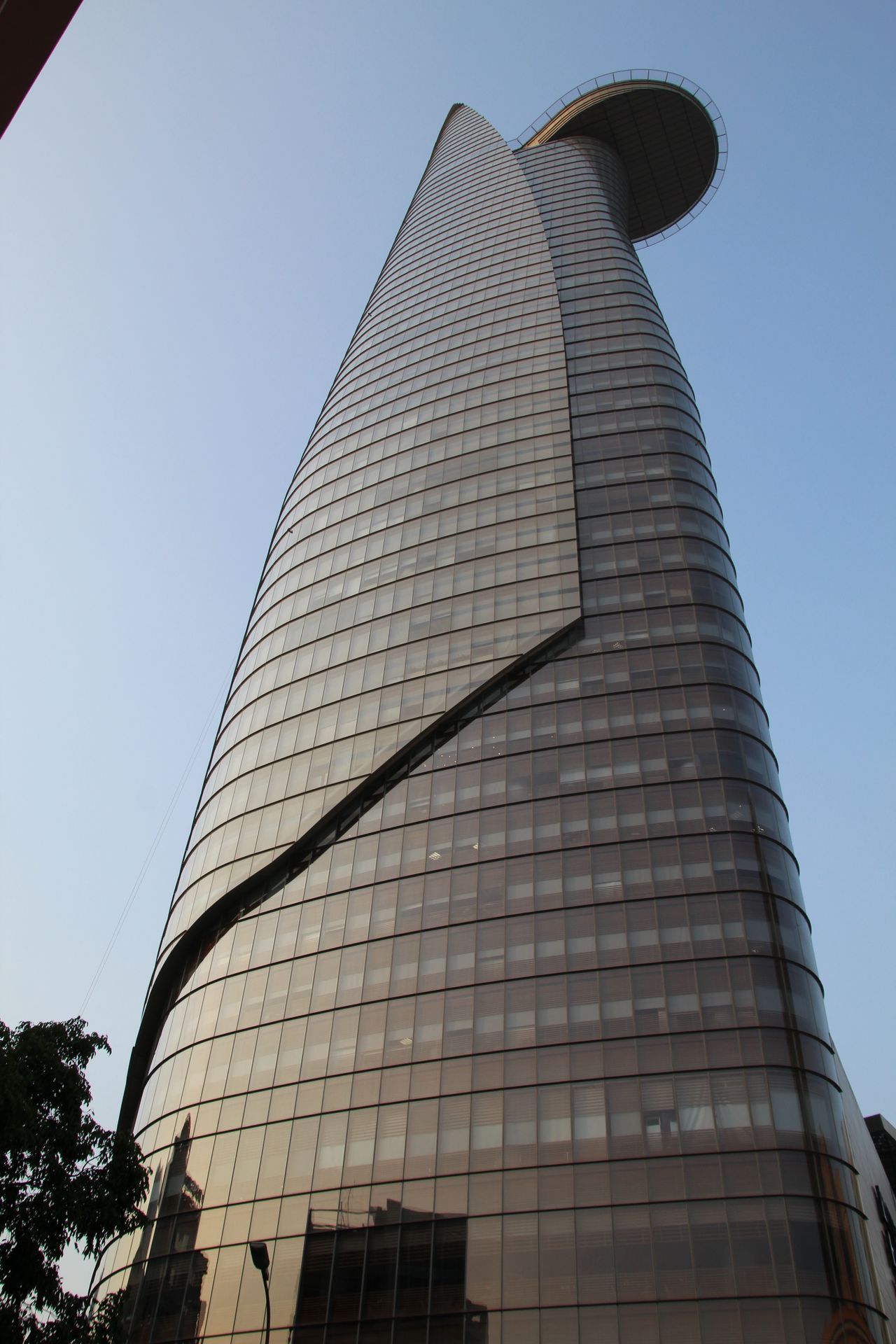
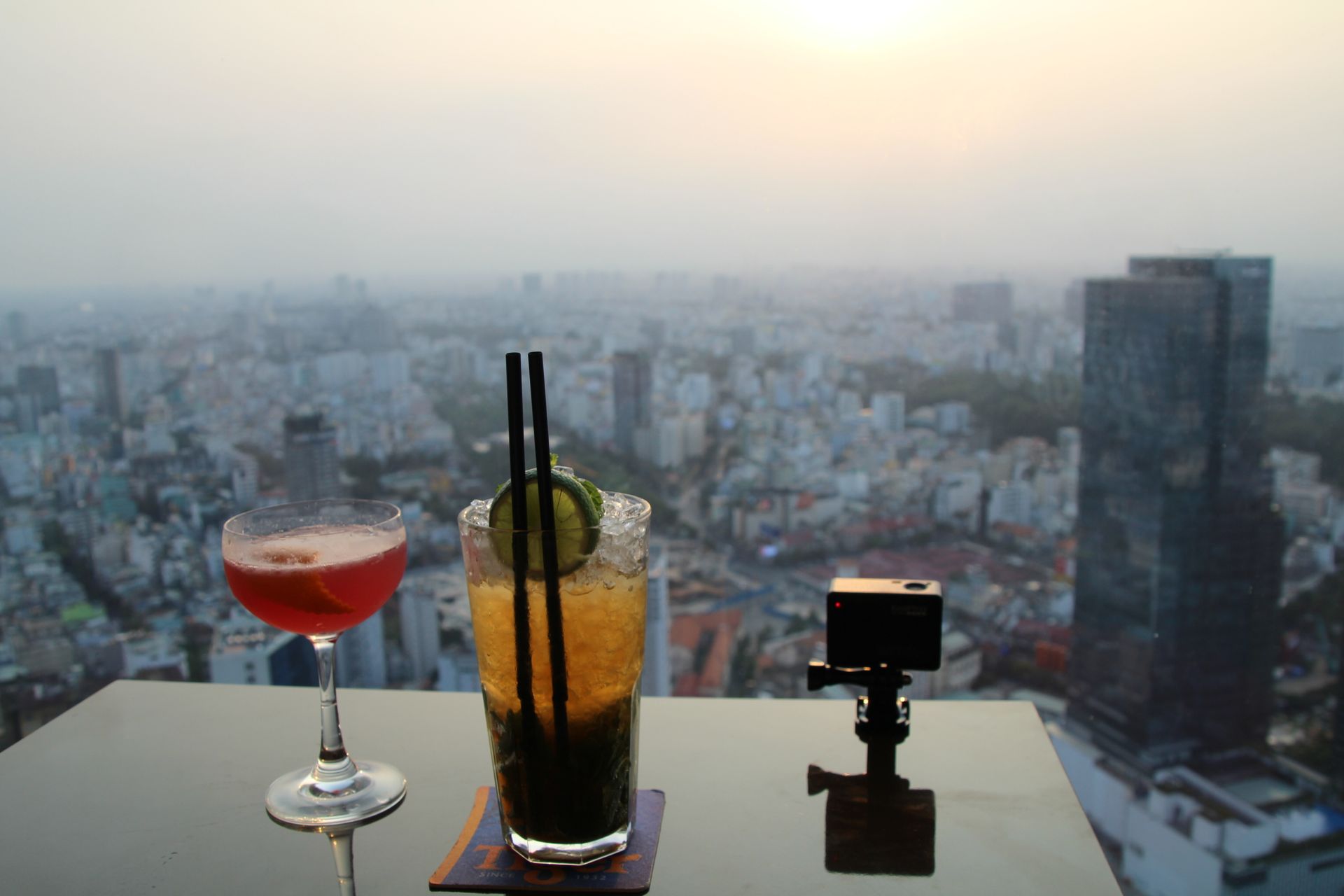

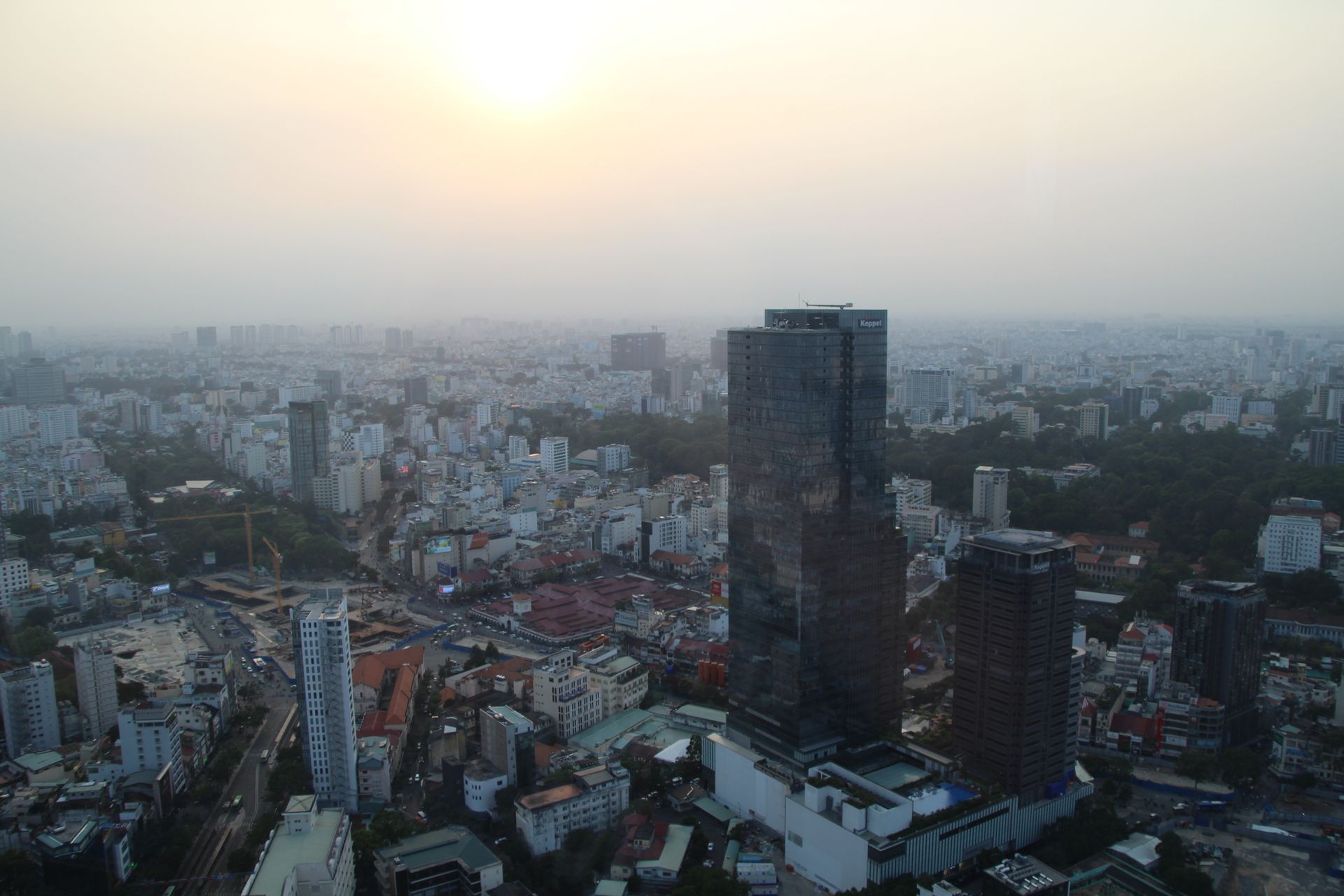

As the sky got darker and darker, the city became brighter and brighter. In the end, we looked at a sea of lights in all colors. Without a doubt, one of the absolute highlights of Vietnam!

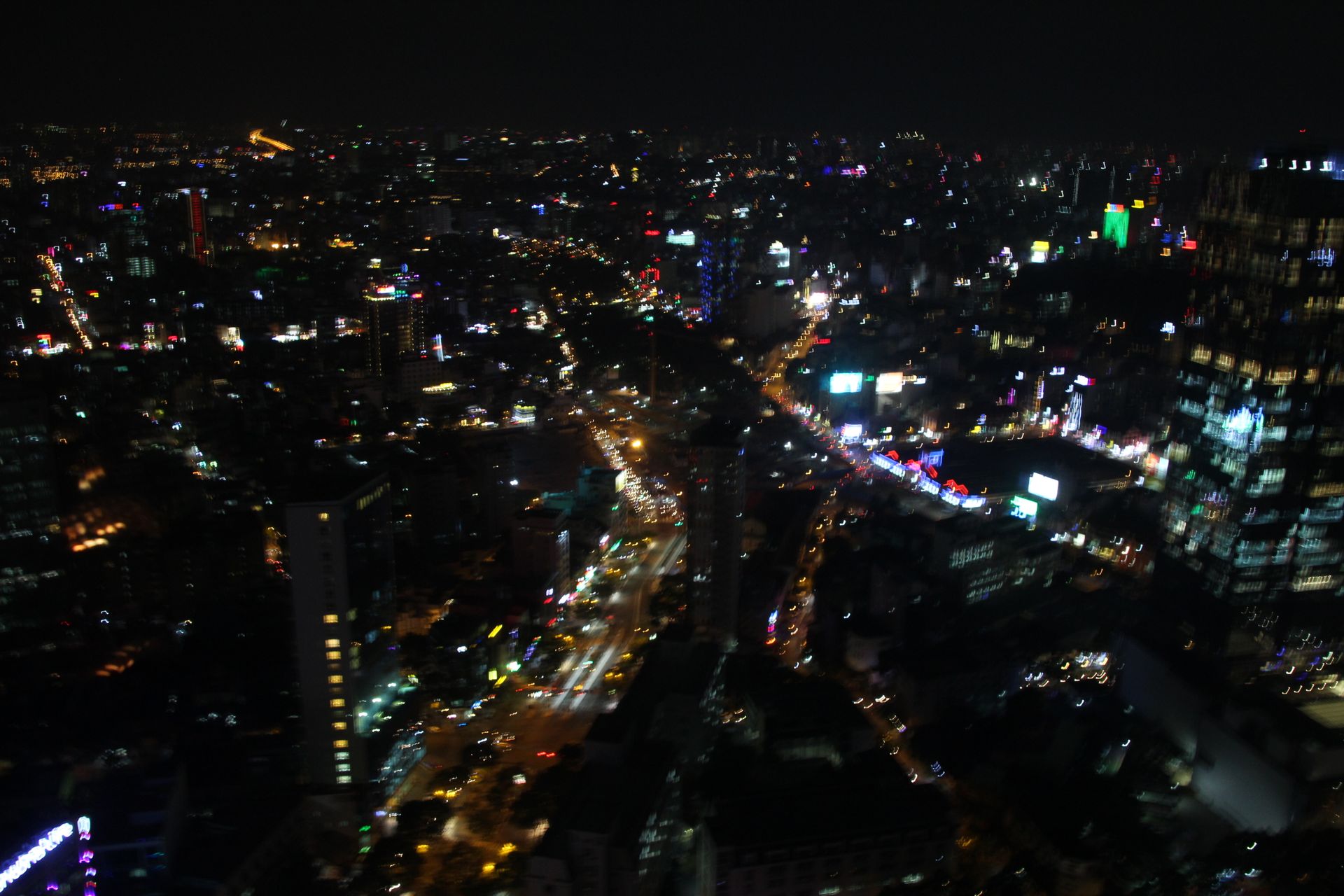
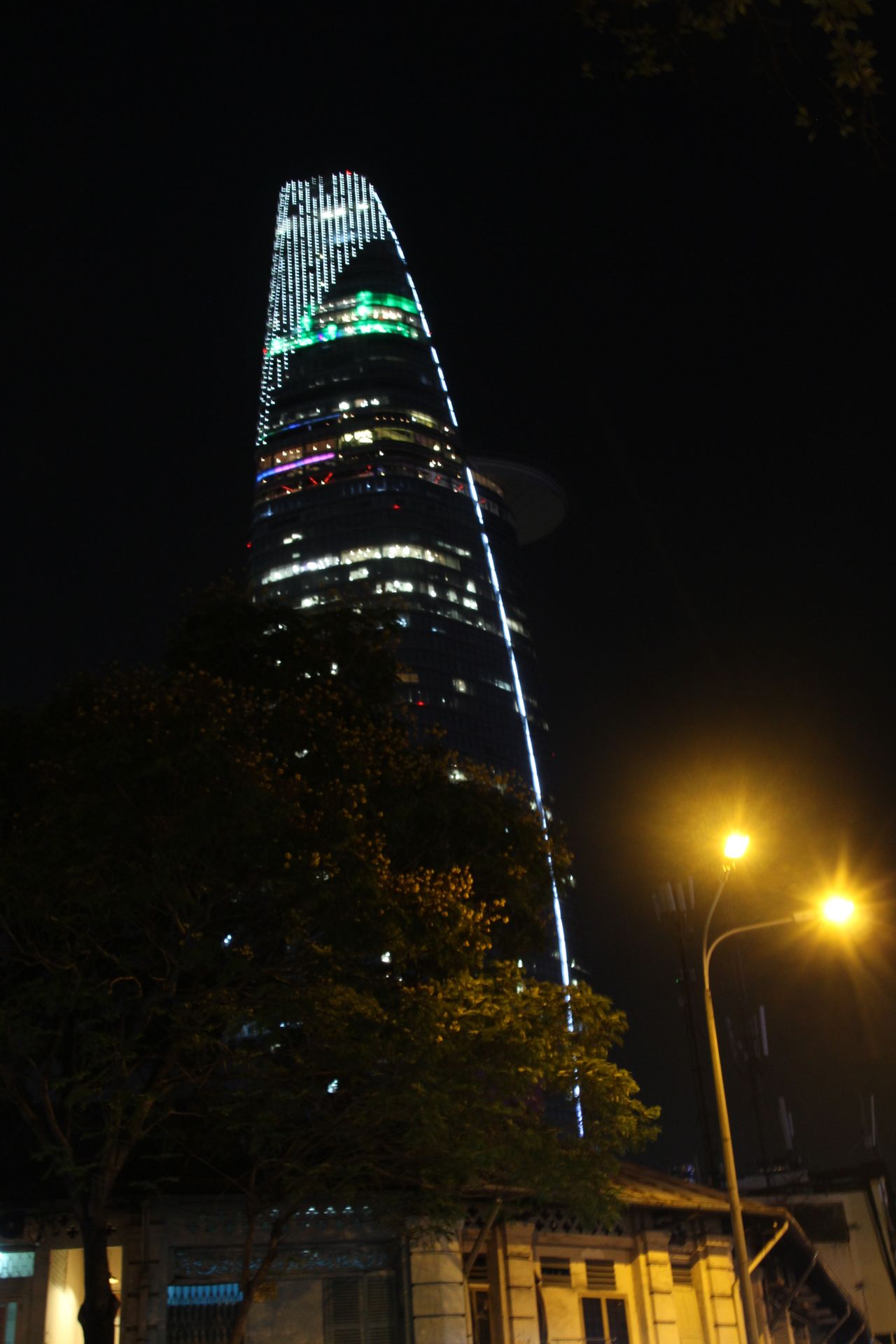
The next day, we planned to walk to another part of the city and first visit the former city hall there. It is a chic building in French colonial style. In front of it is a spacious square, on which there is a statue of the national hero and President Ho Chi Minh.

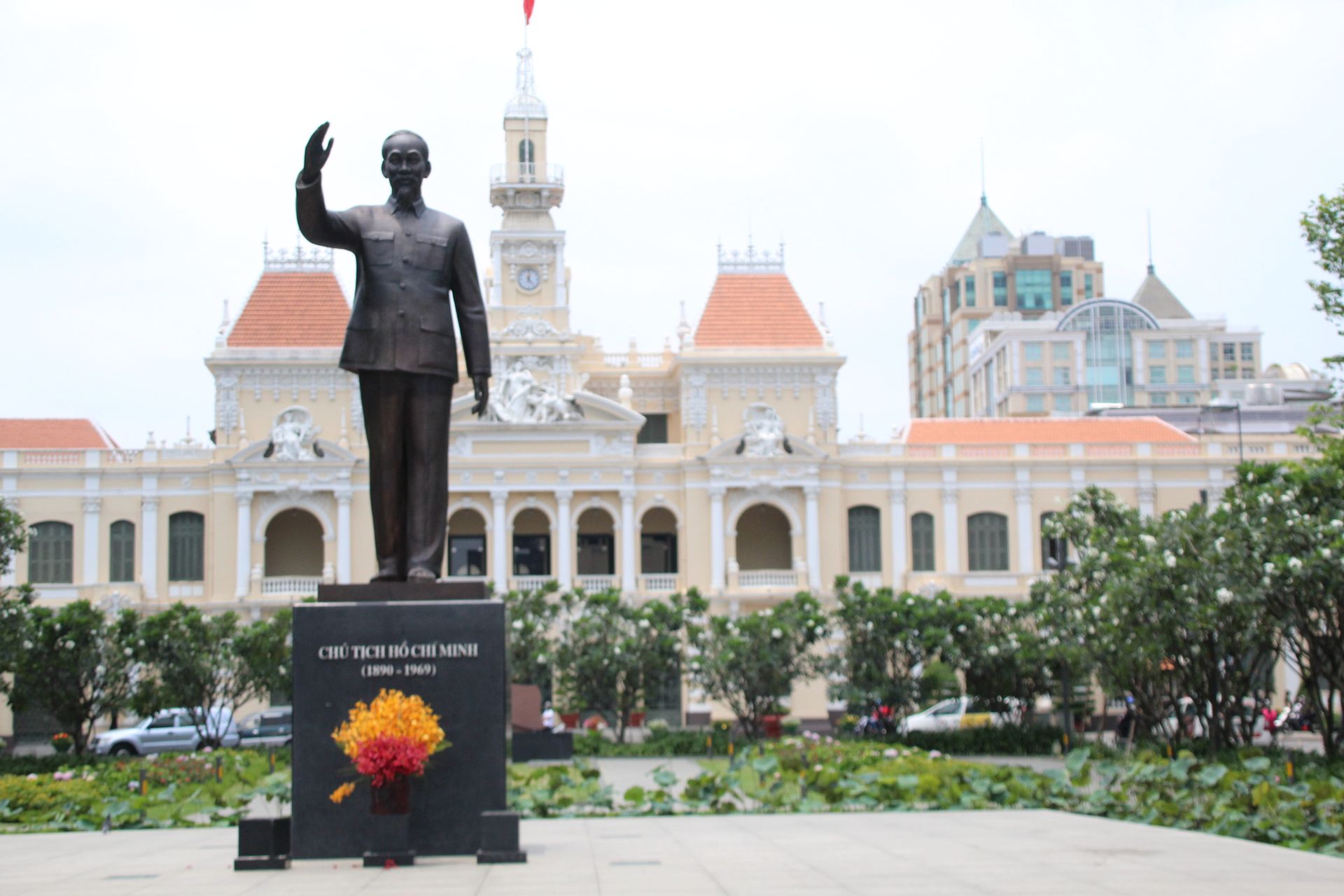
You cannot enter the city hall, unfortunately. The same was true for the next attraction: the opera house. It is also built in French style and is beautiful to look at, but in my opinion, nothing too special.
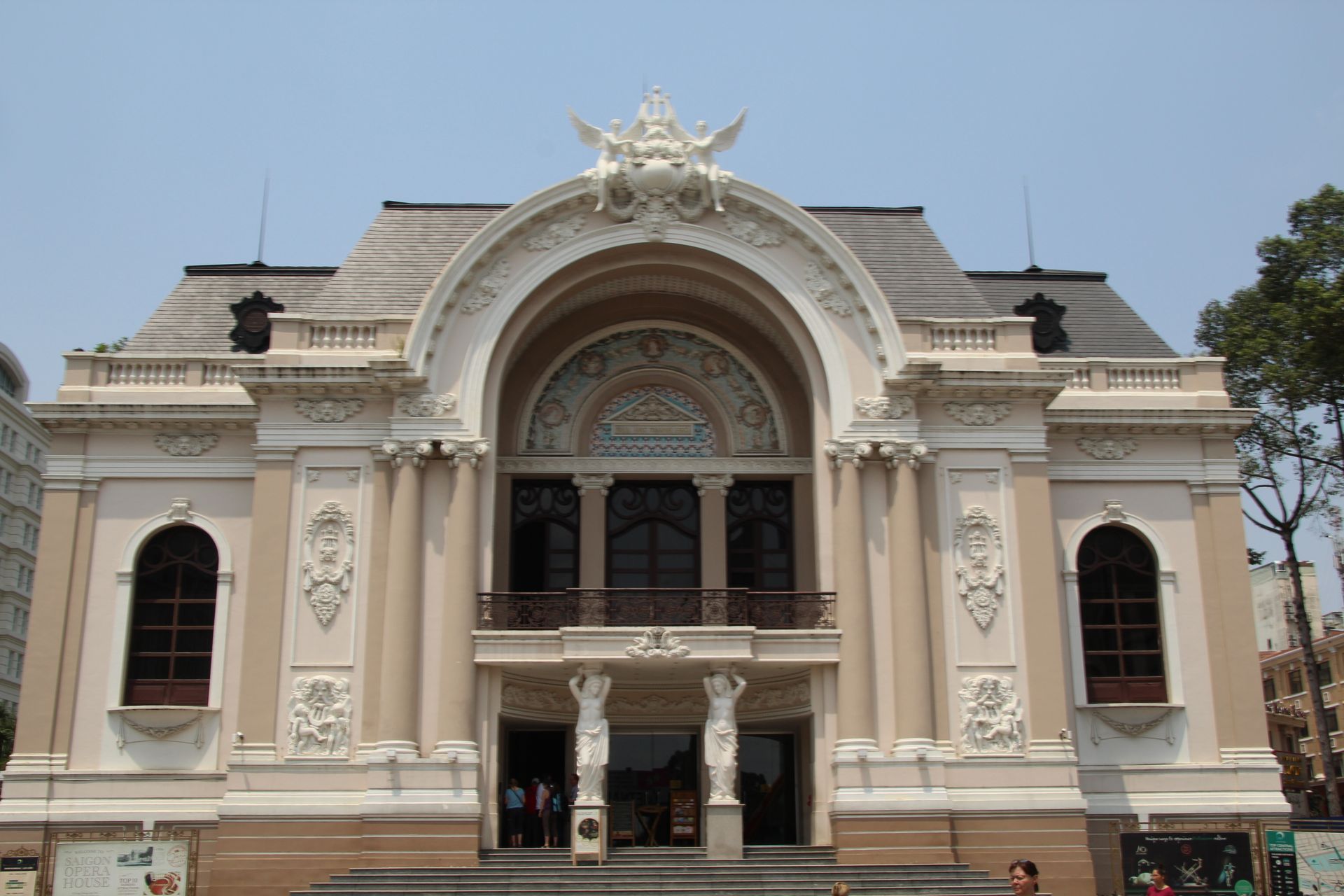
So we quickly moved on here too and made our way to the Vietnamese History Museum (40,000 Dong = 1.43€ per person). Unfortunately, here again we could see that the Vietnamese don't really know how to do museums. It was unstructured and not sufficiently labeled in English, just like the museums in Hanoi. We found this very unfortunate because we had expected more, especially since Vietnam has such an interesting history to tell.
But there were a few individual things that were quite interesting:
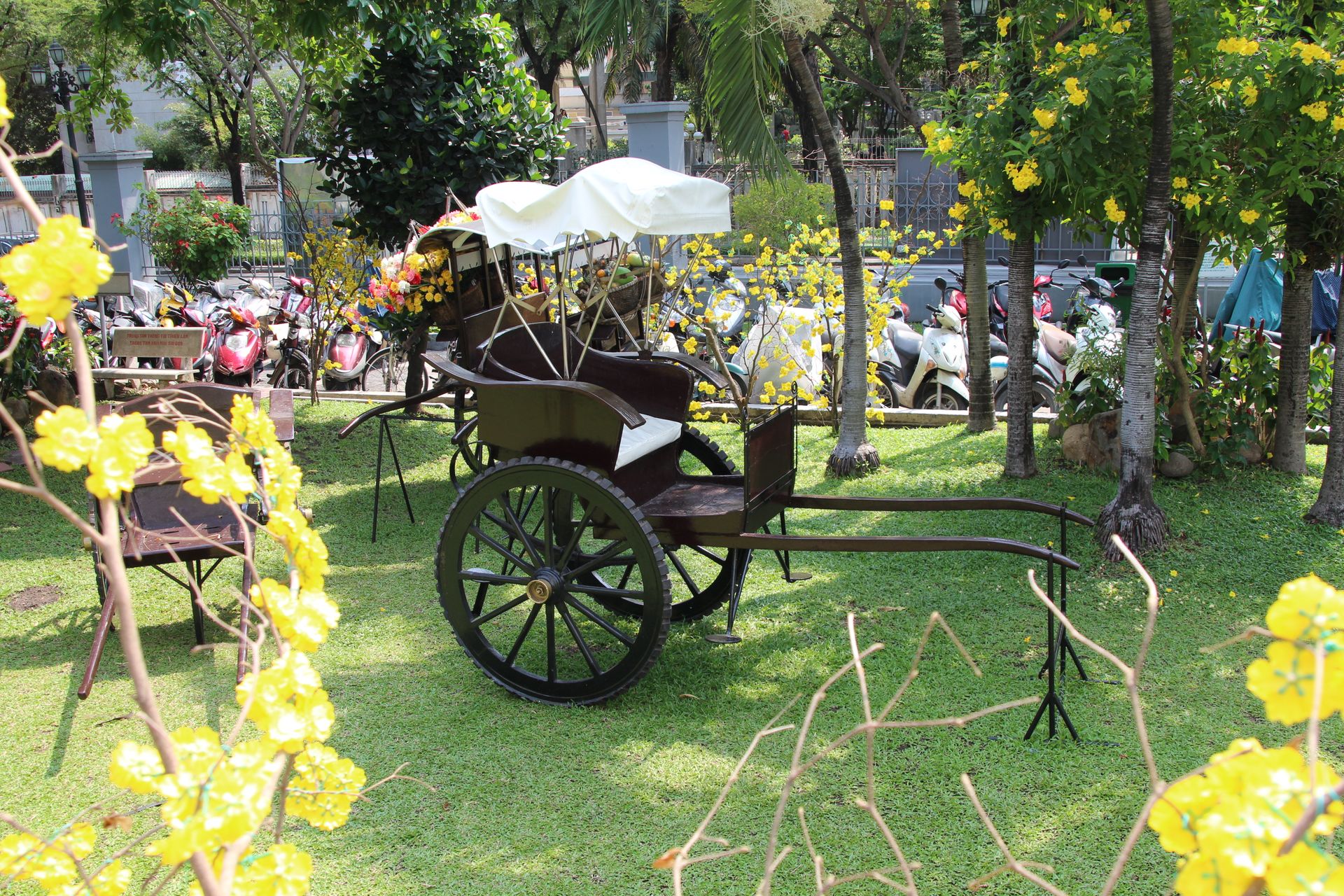
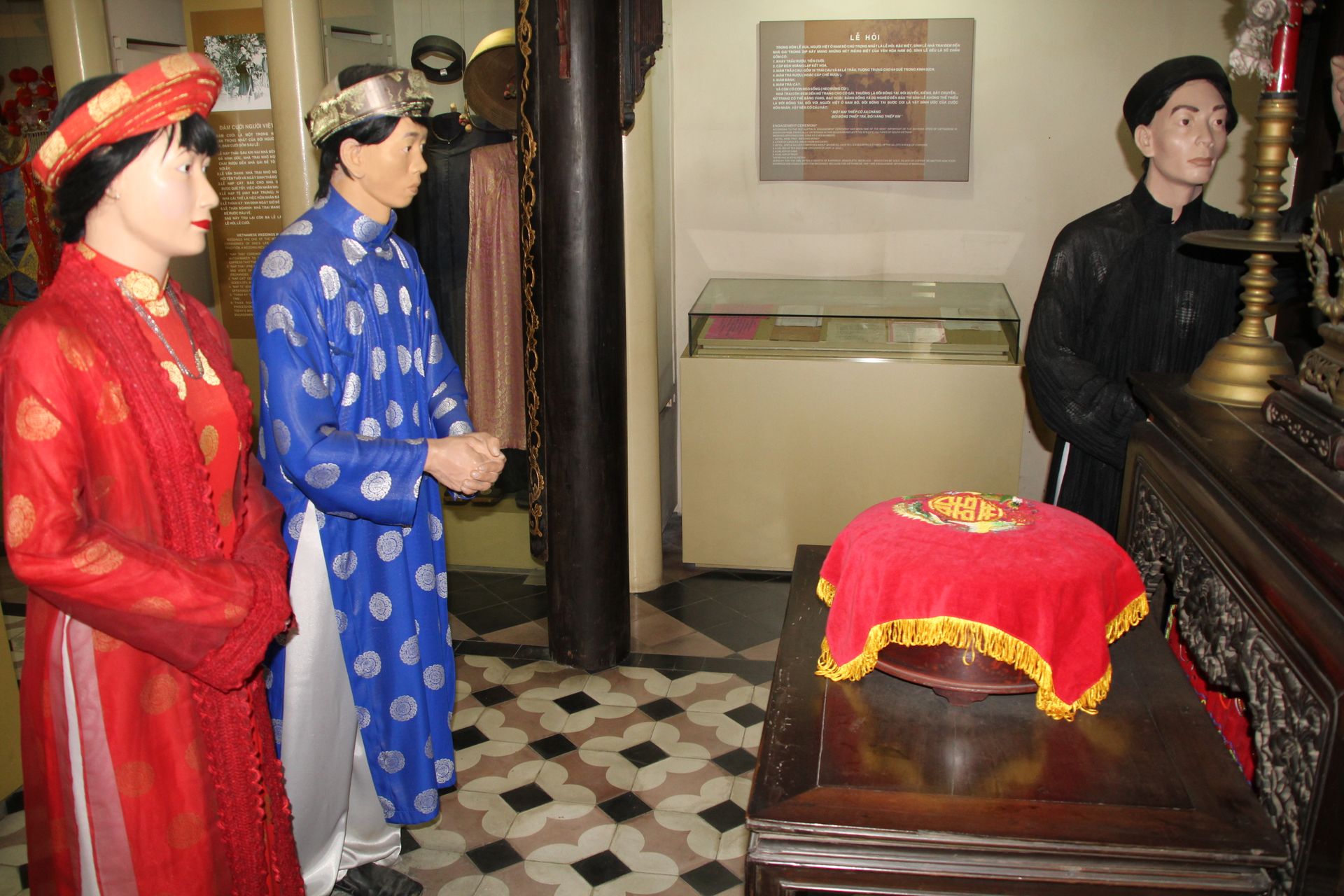
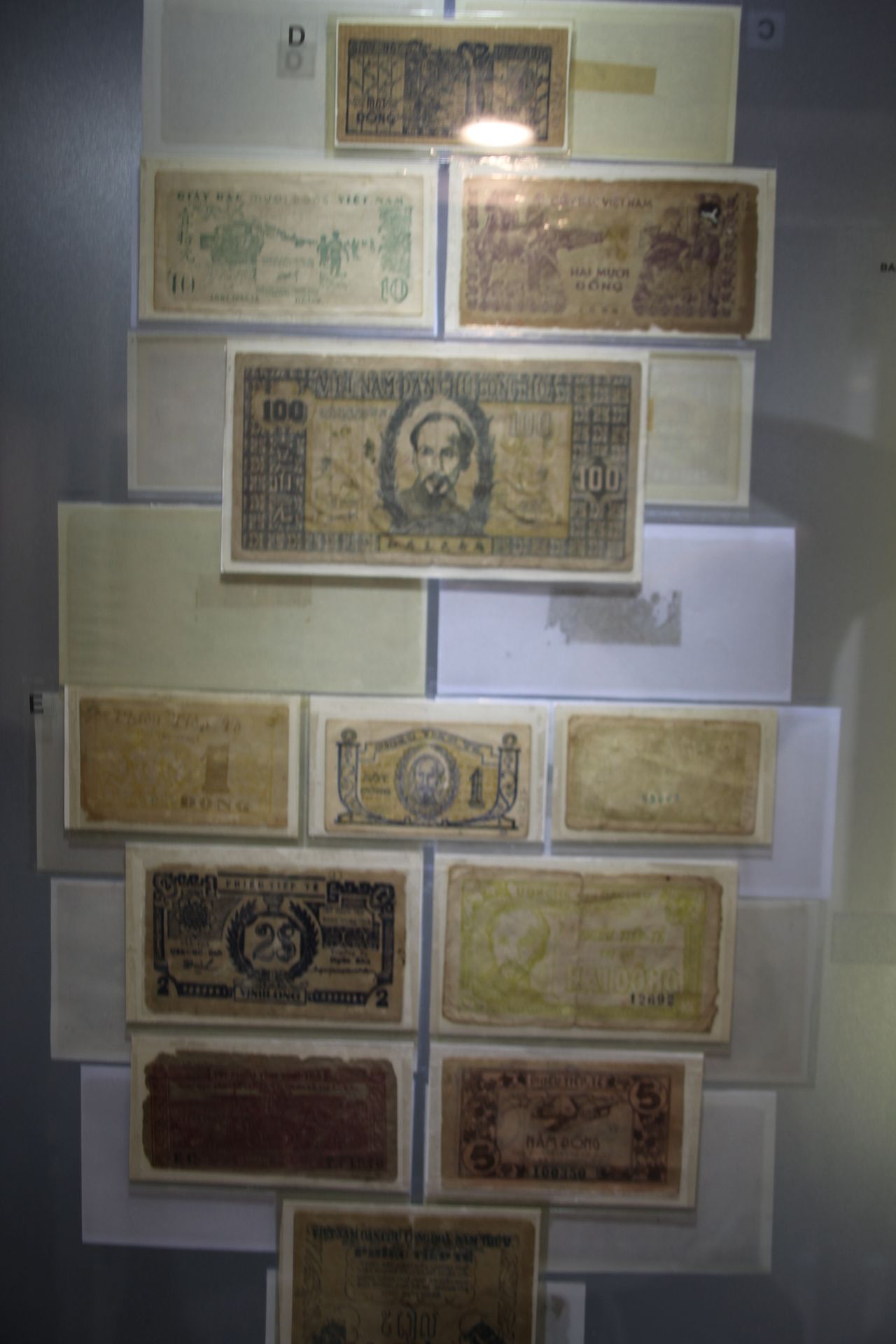
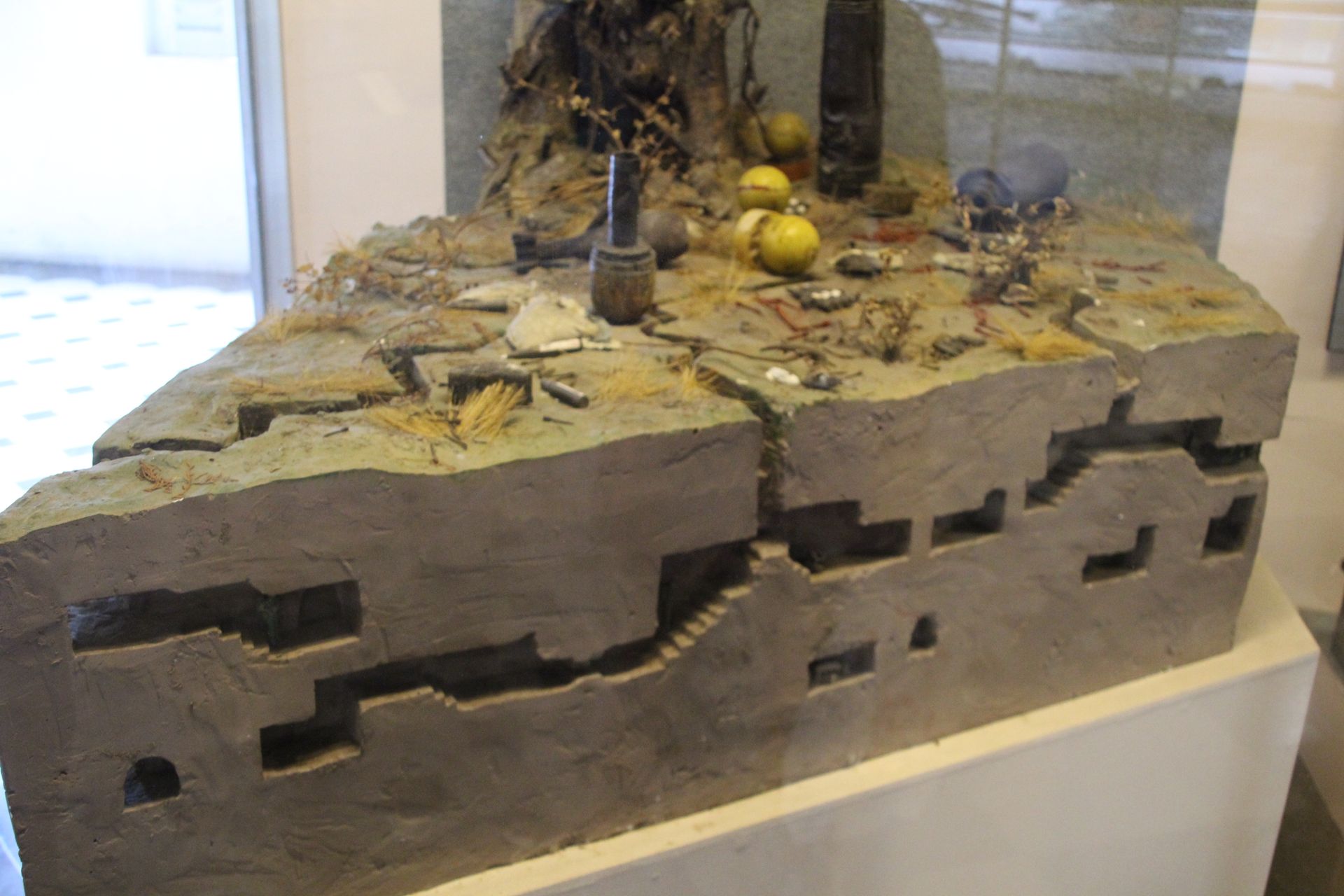
After that, we went to a café at a busy intersection, drank a smoothie (35,000 Dong = 1.26€ per smoothie), and simply watched the organized chaos. I also made a timelapse recording here (best viewed at 0.5 speed)!
And then it was time to pack again. The next day, a big journey awaited us. We have now left Vietnam and are in the next country, but where and whether everything went well, you will find out in the next blog!
So until then
Franzi and Jonas
ਨਿਊਜ਼ਲੈਟਰ ਦੀ ਗਾਹਕੀ ਲਓ
ਜਵਾਬ
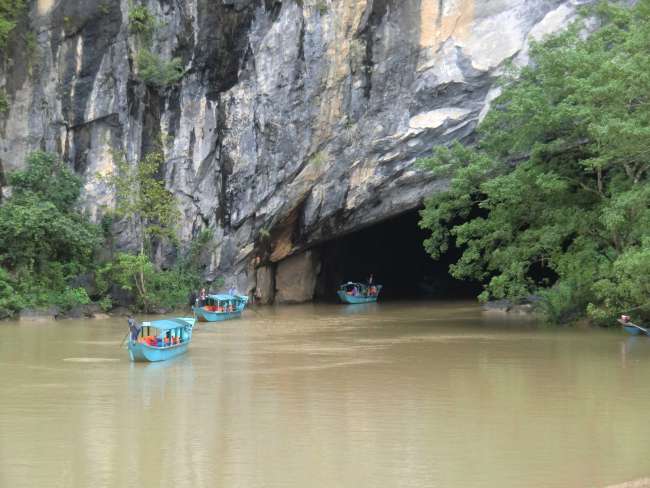
ਯਾਤਰਾ ਰਿਪੋਰਟਾਂ ਵੀਅਤਨਾਮ
